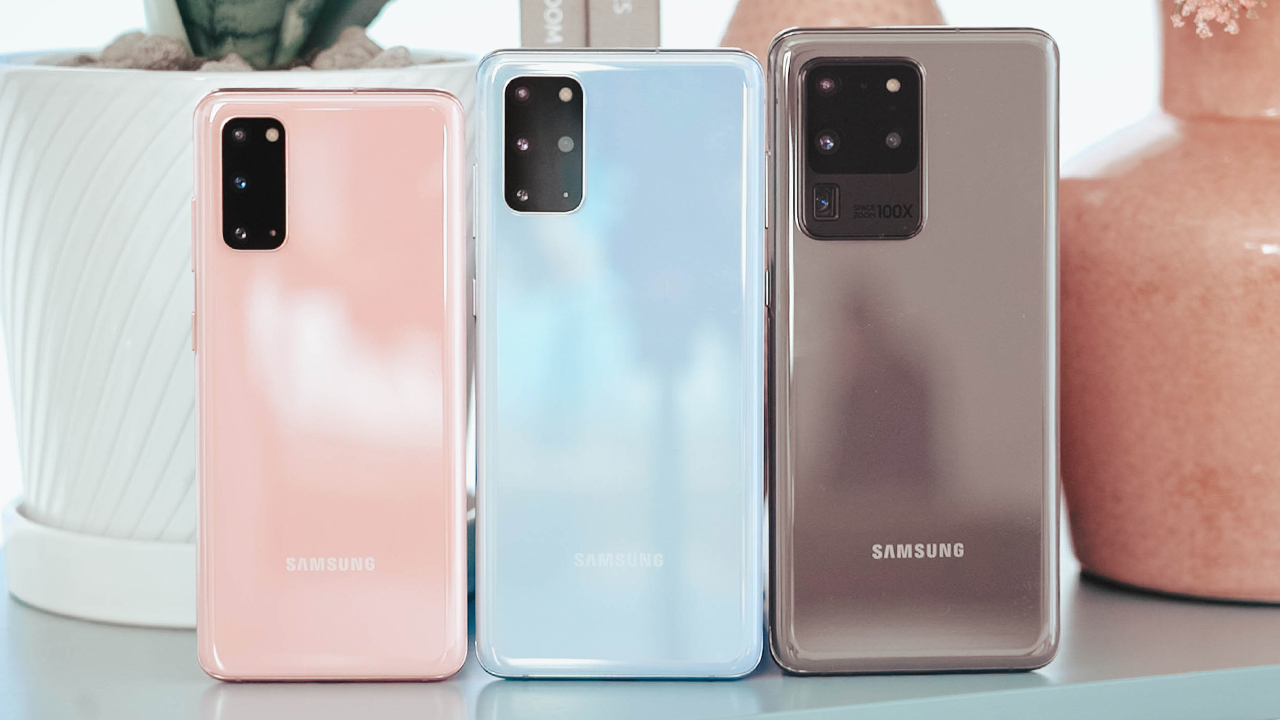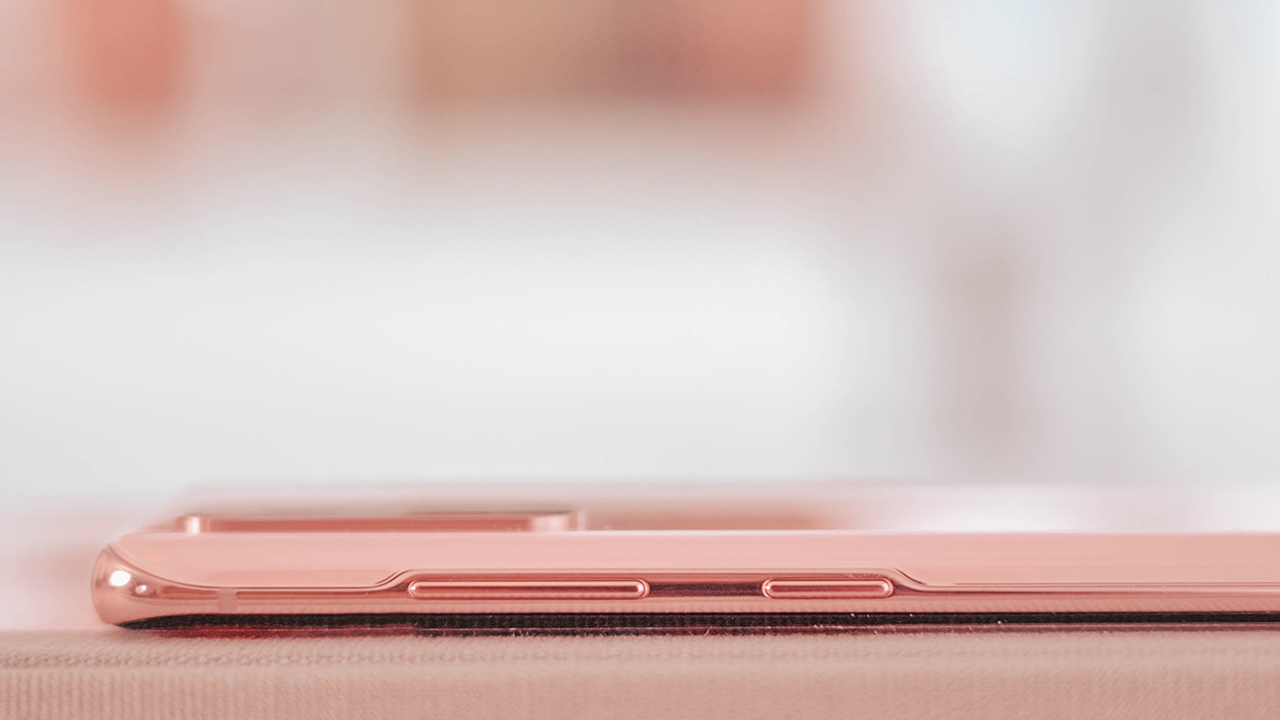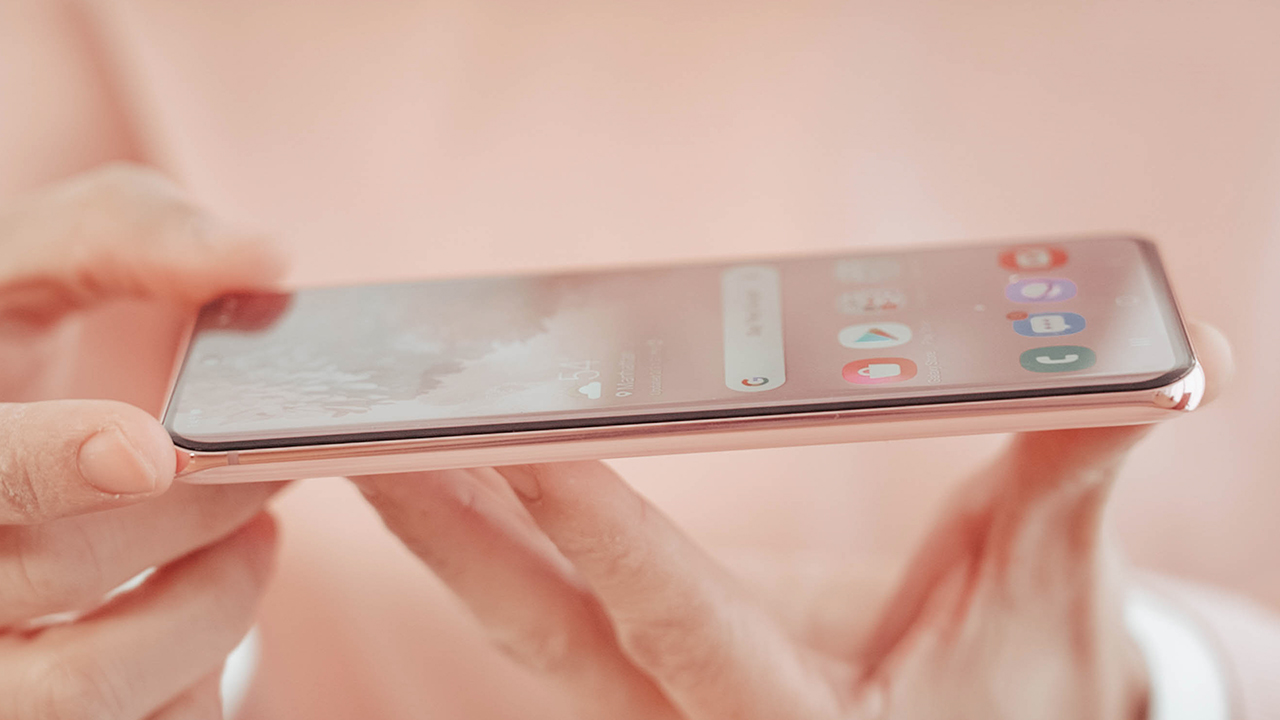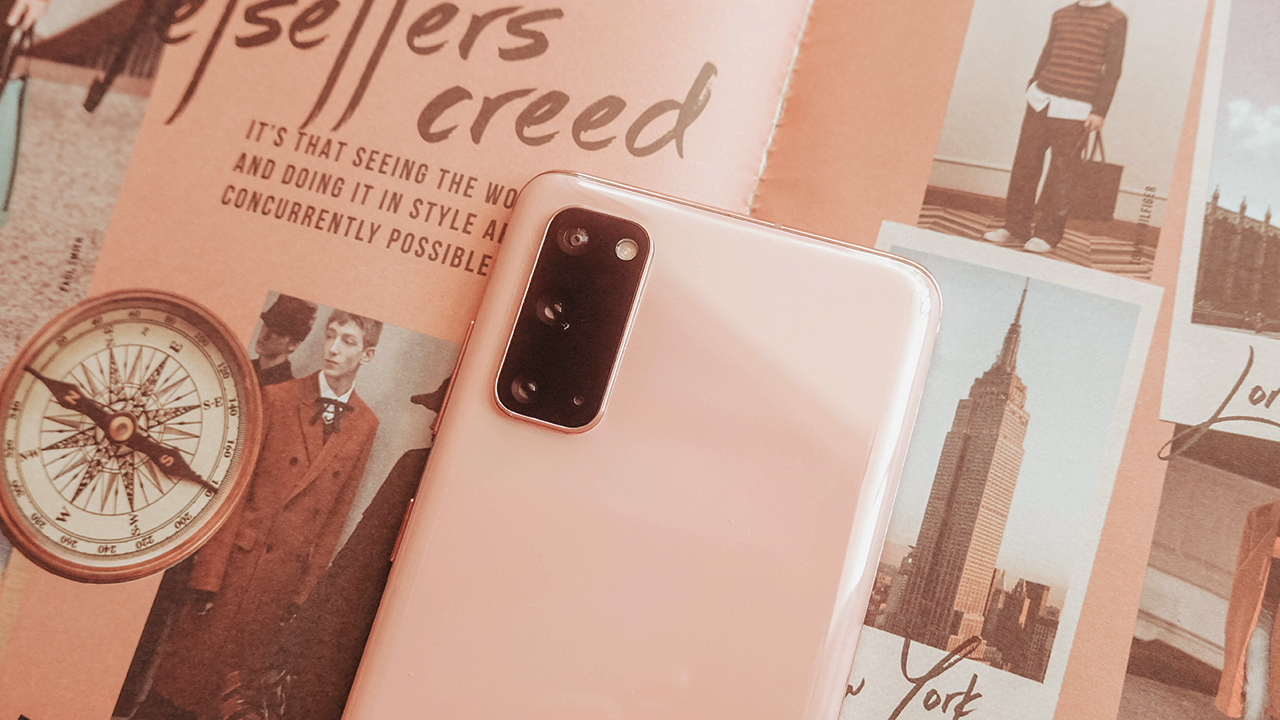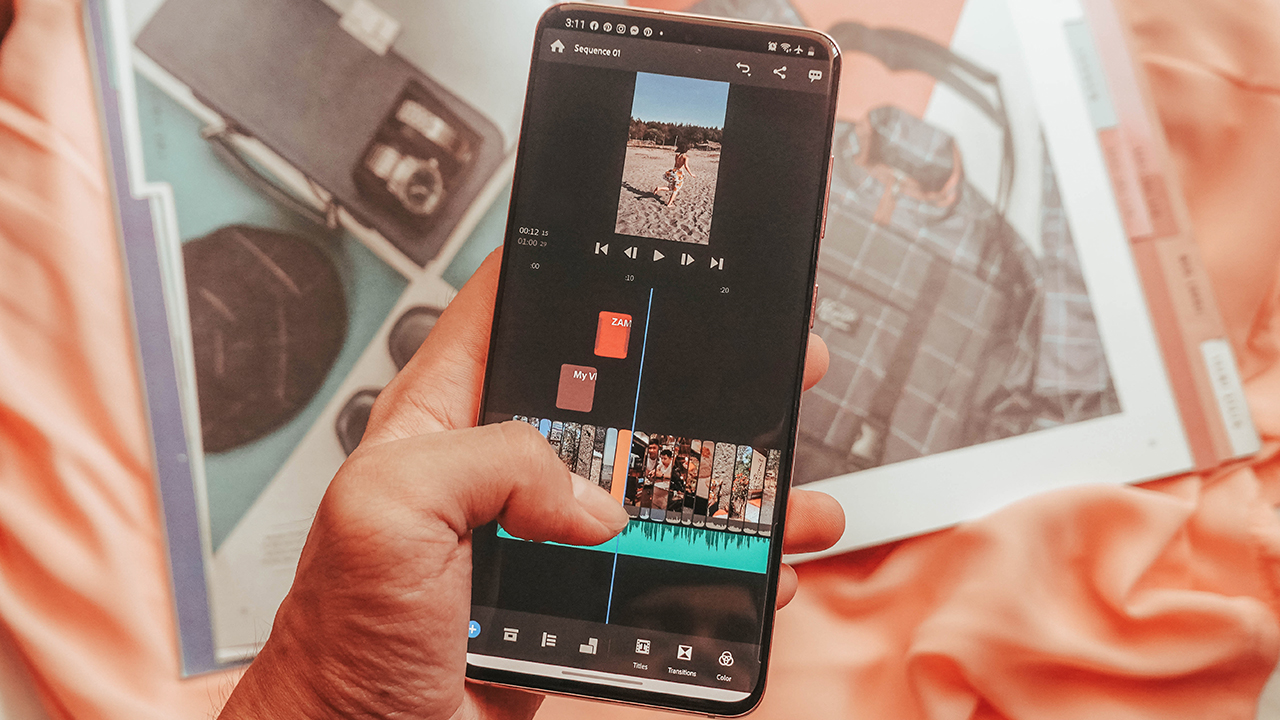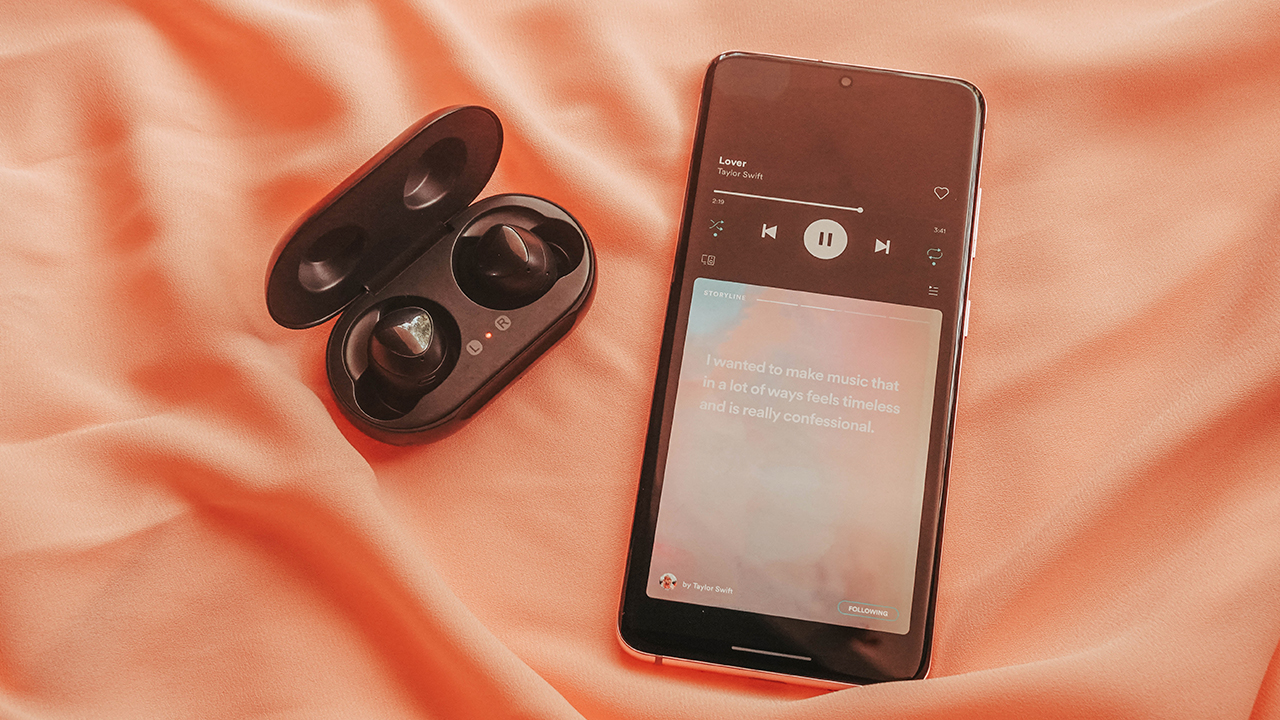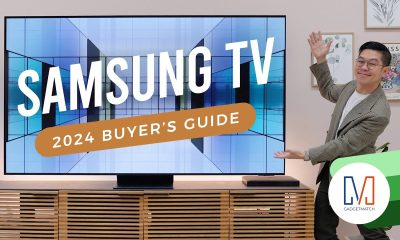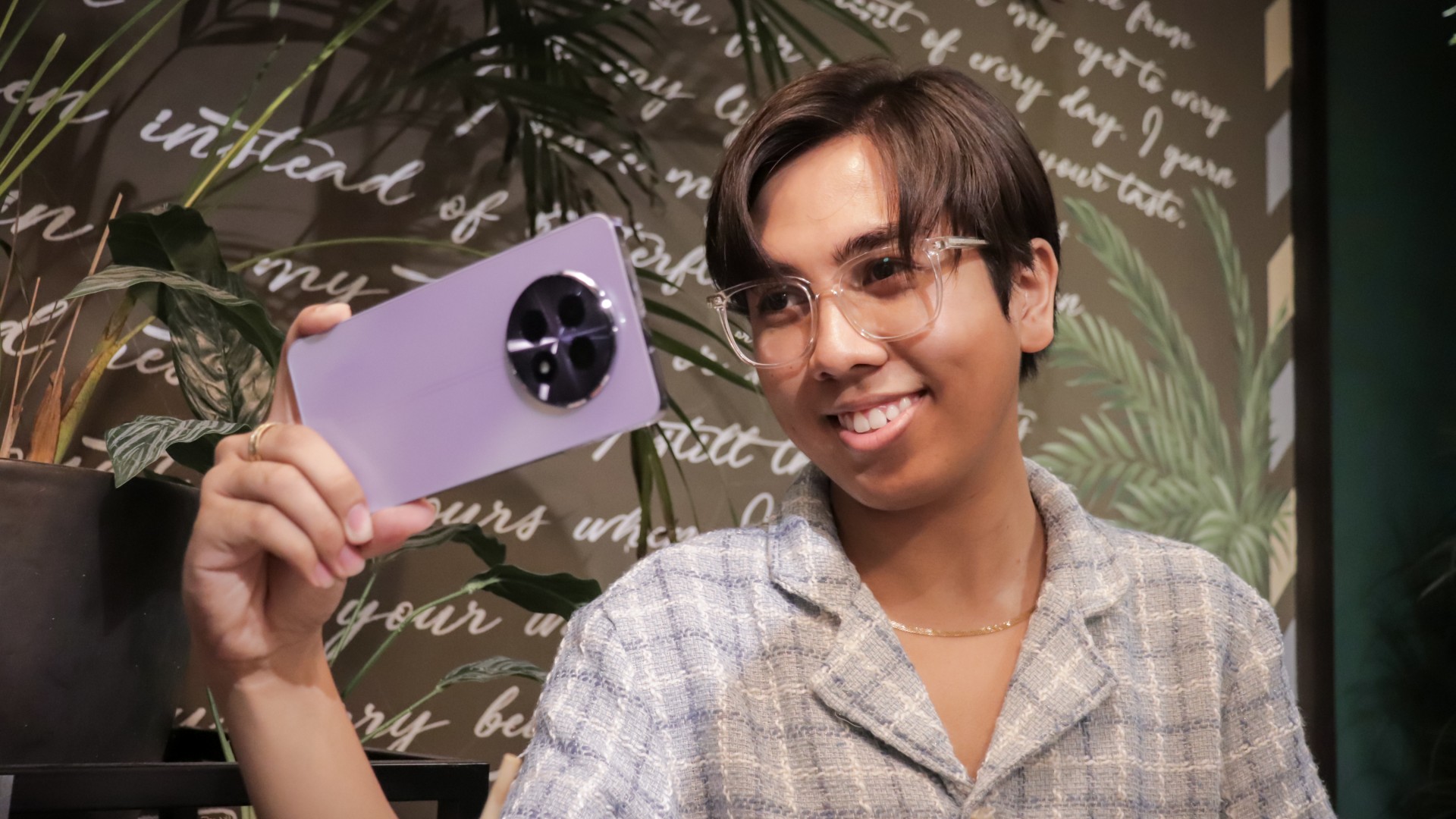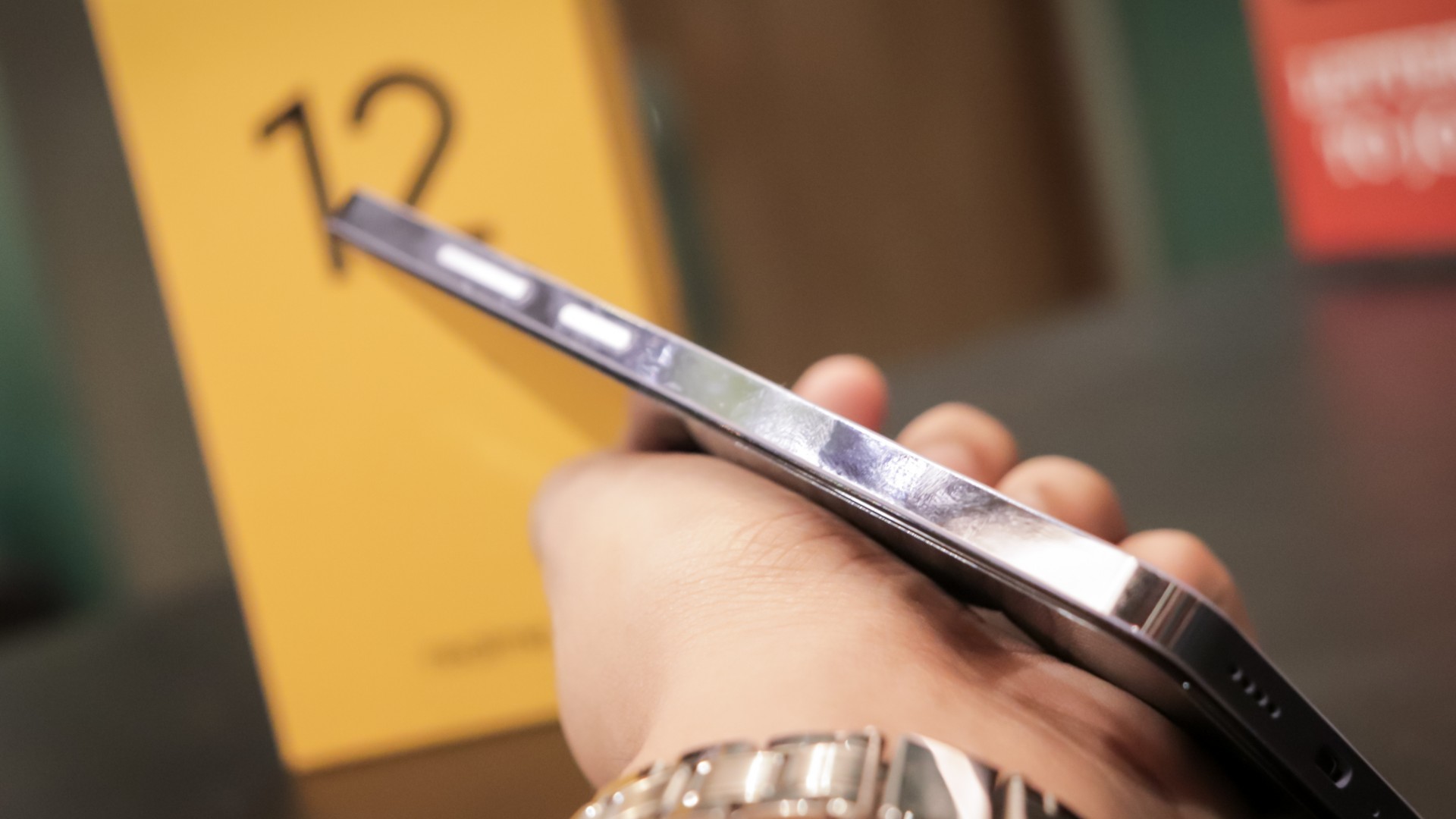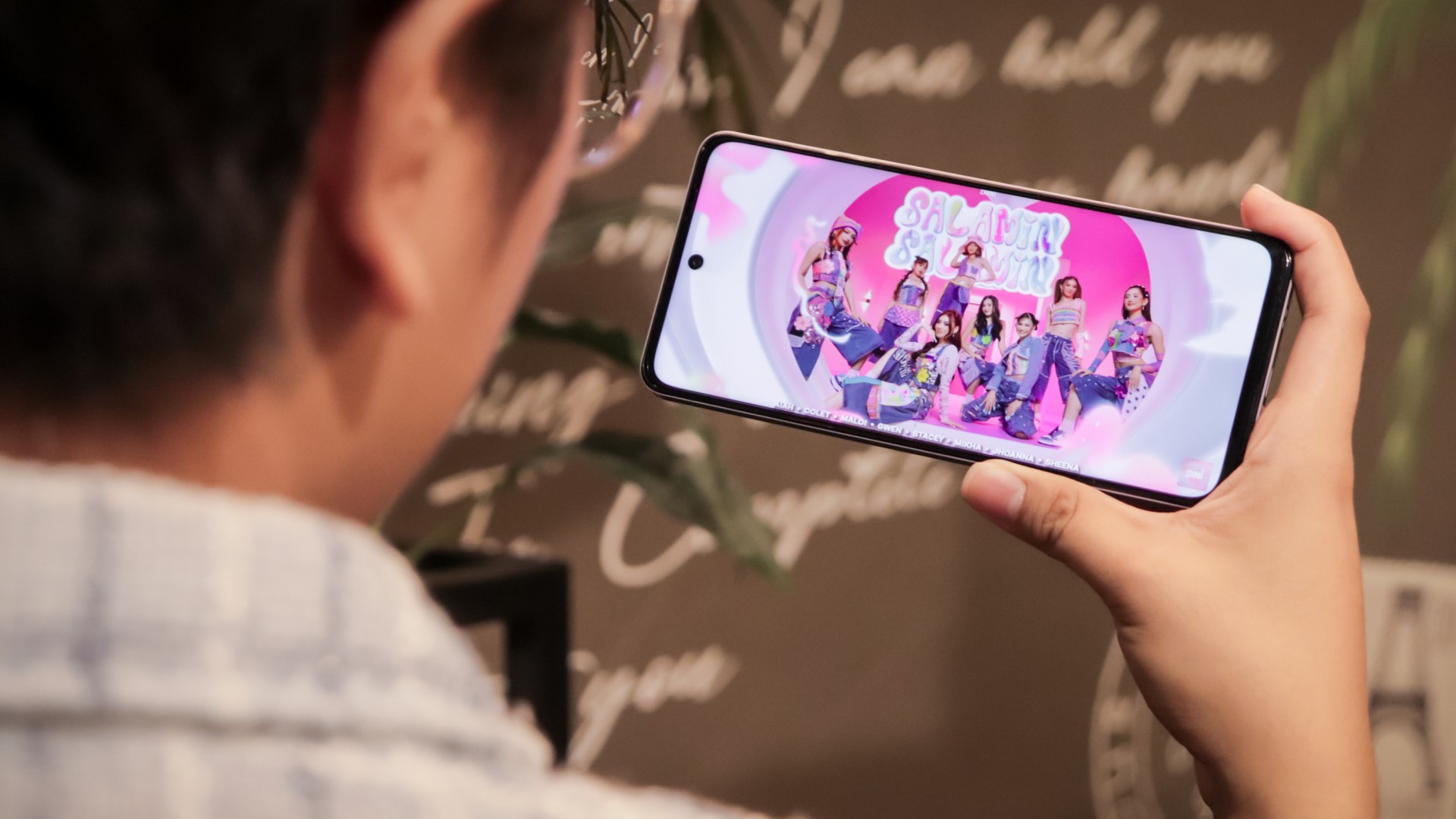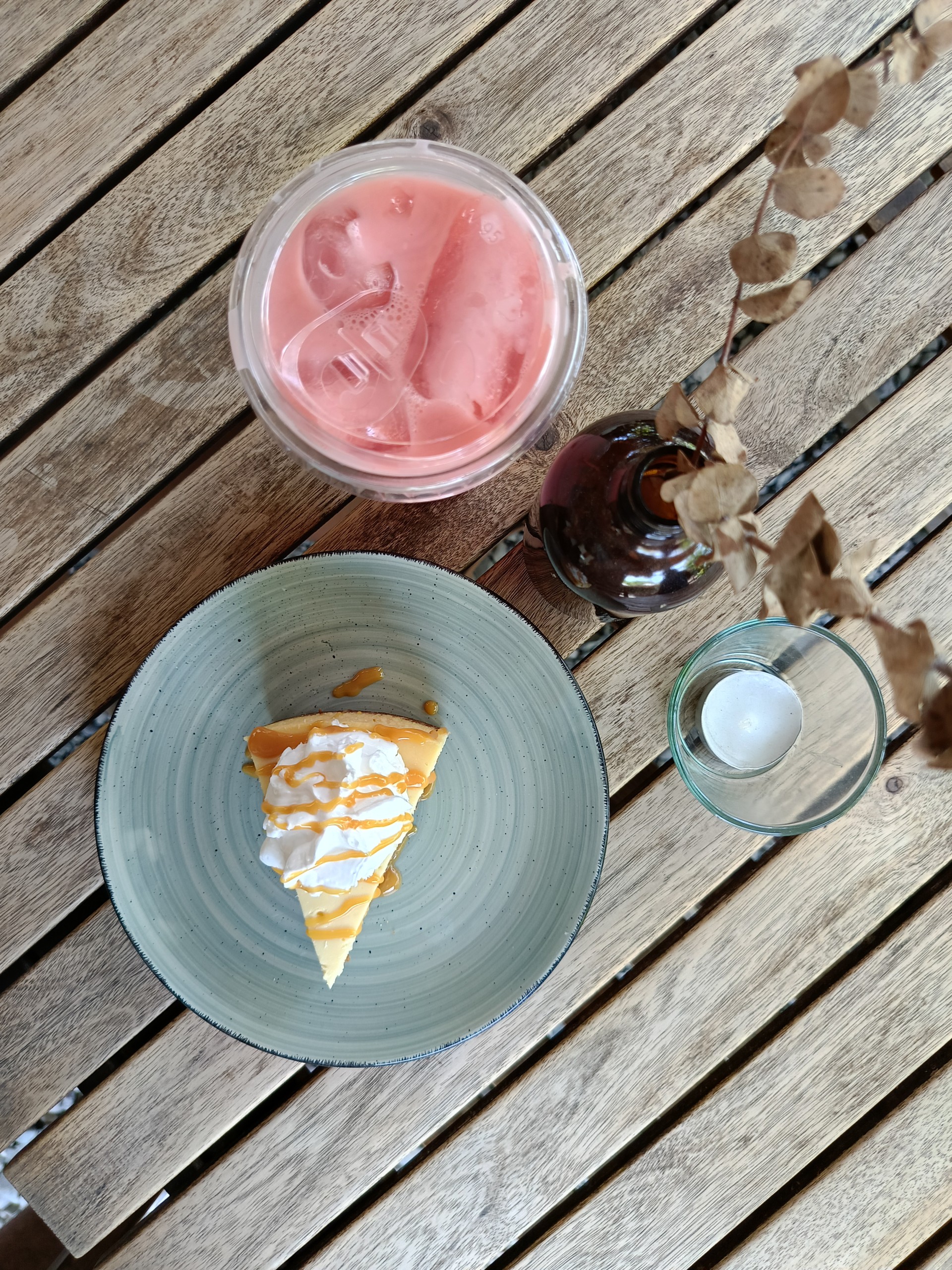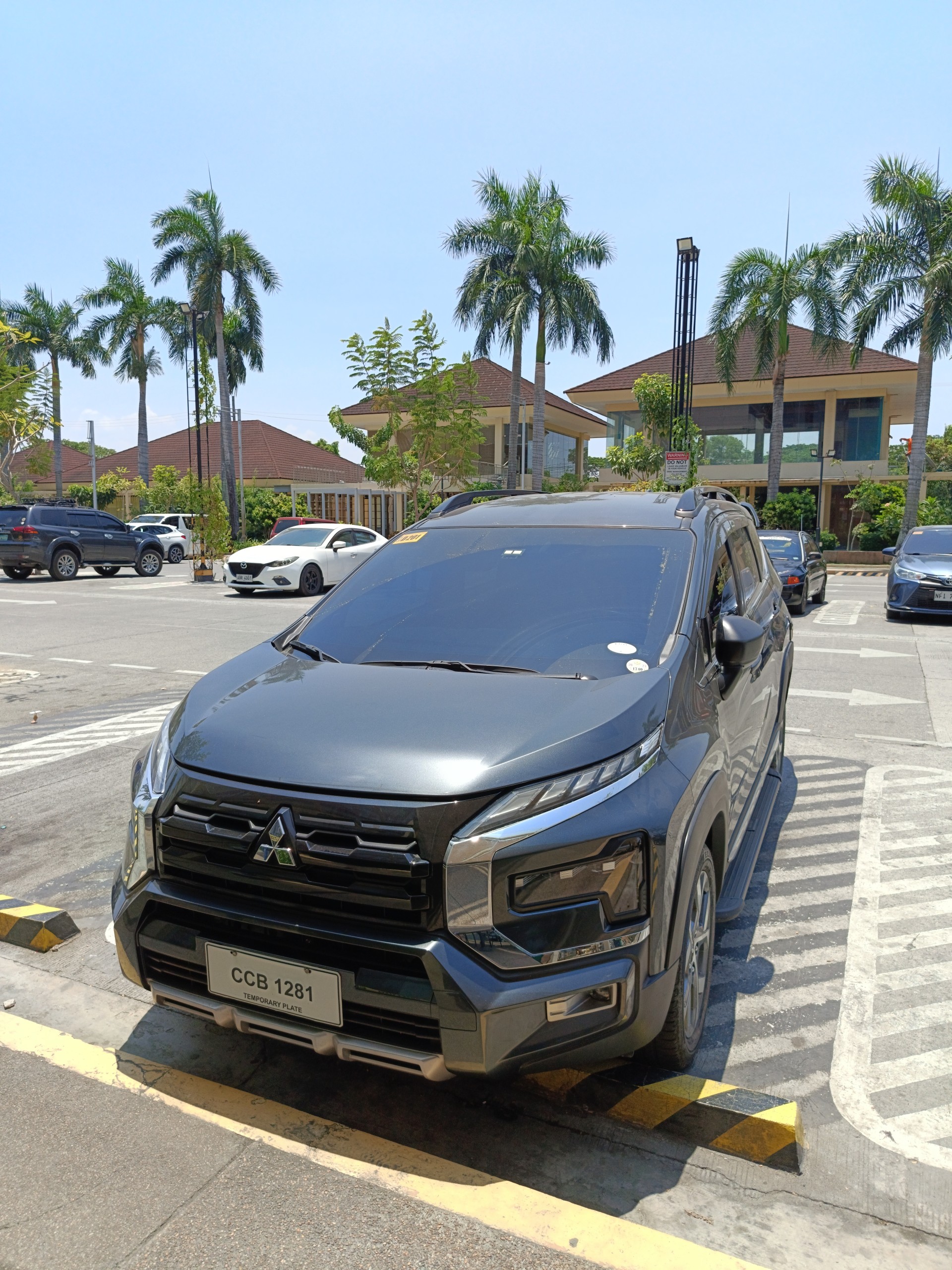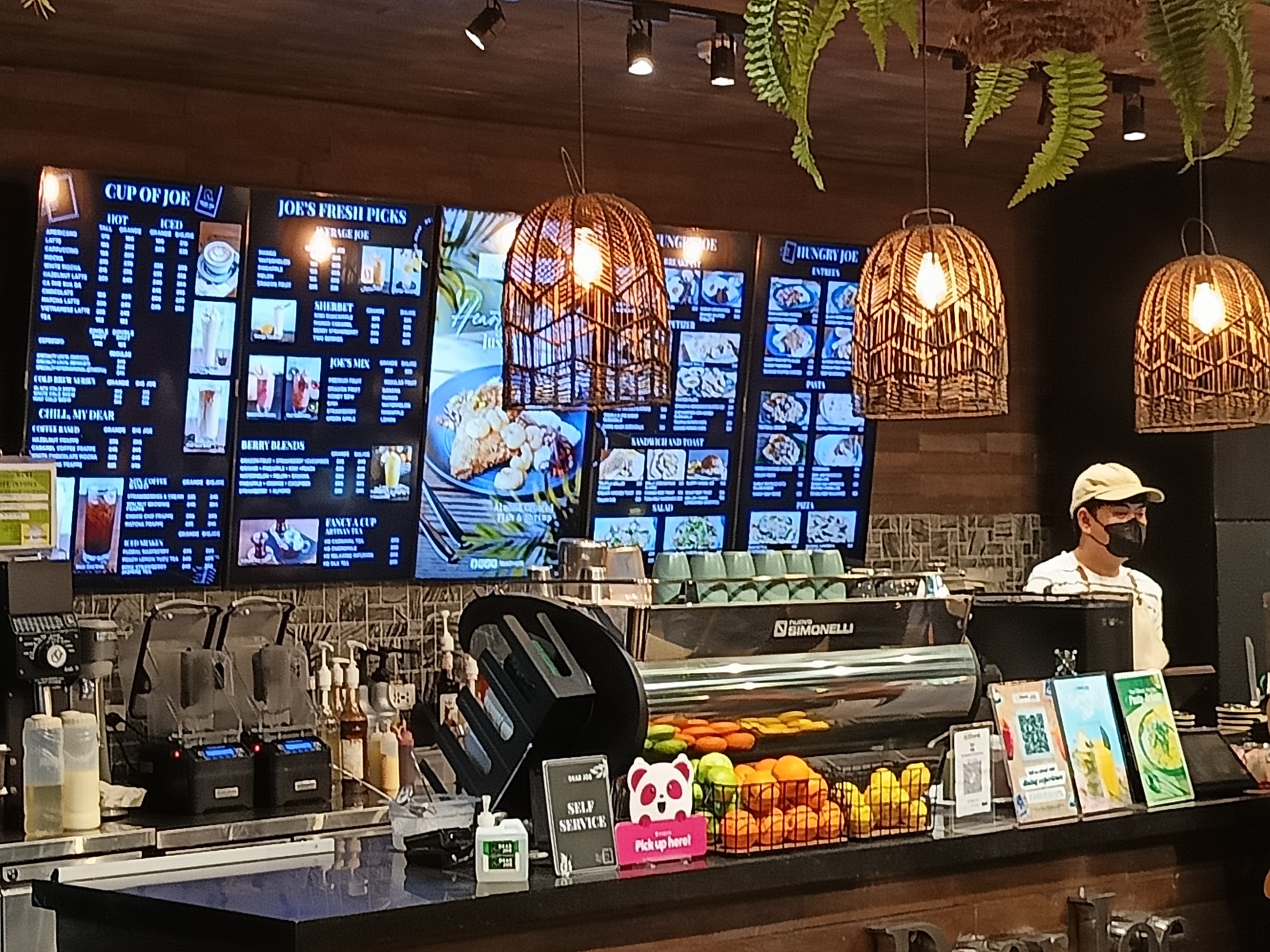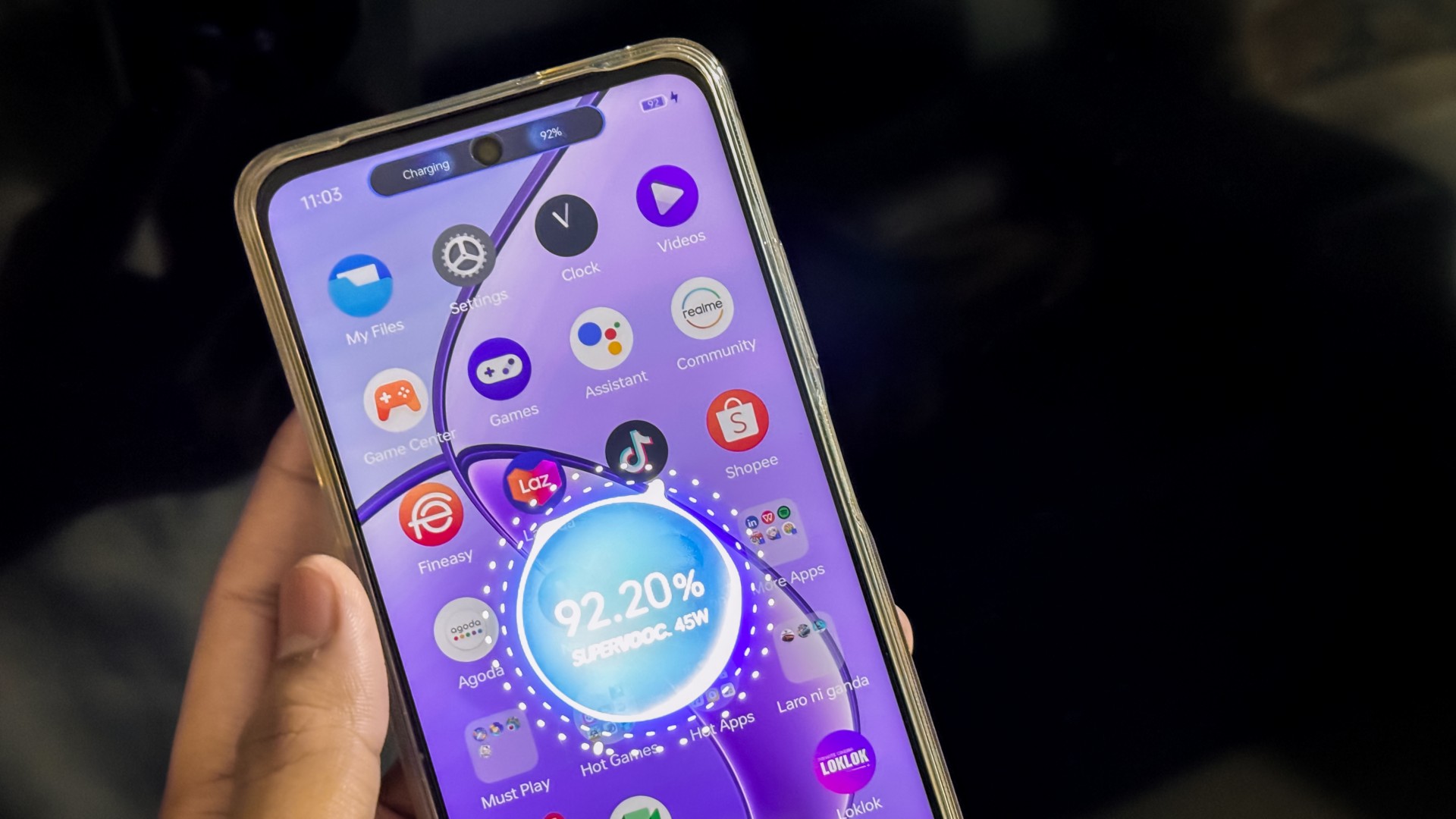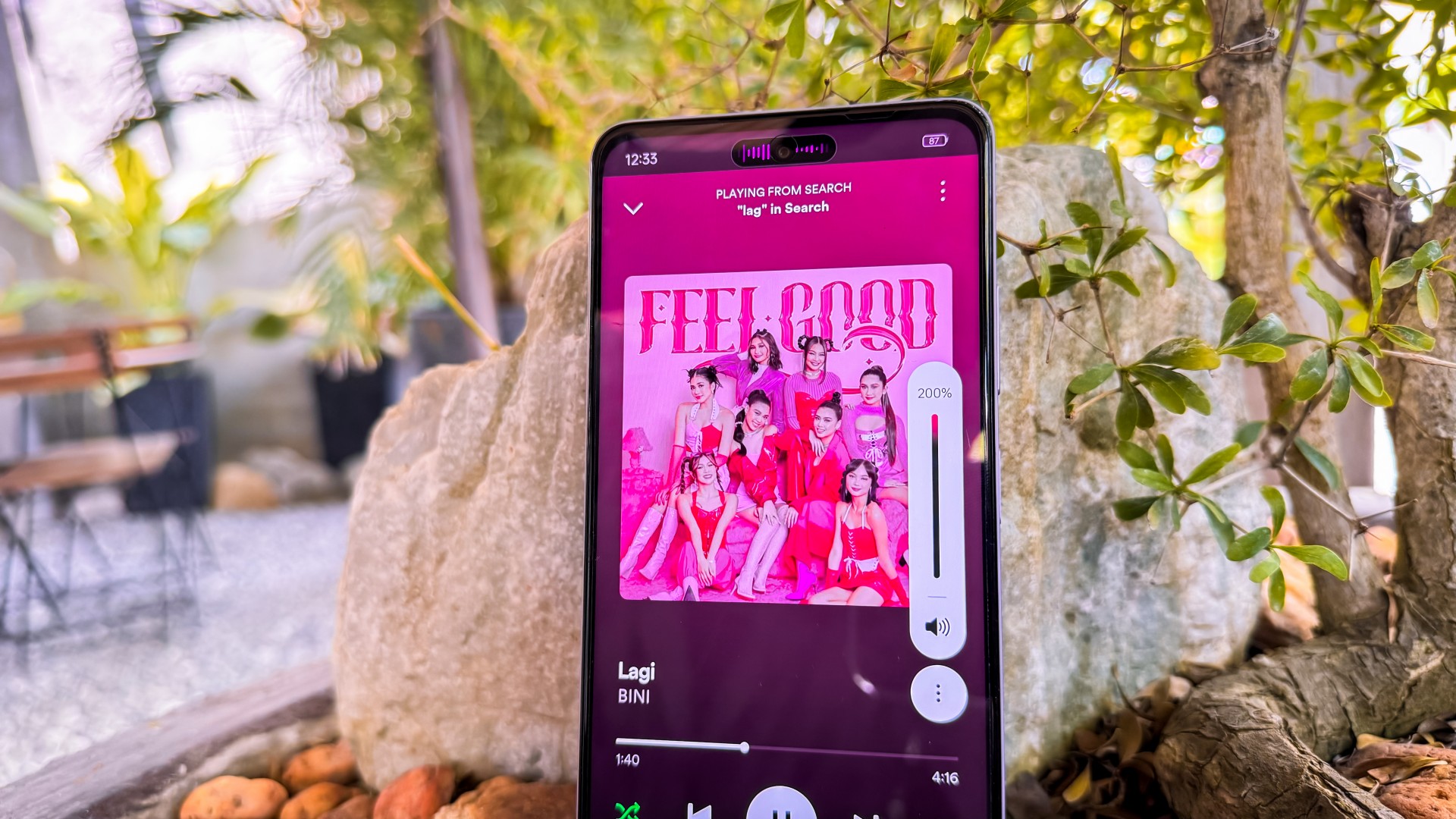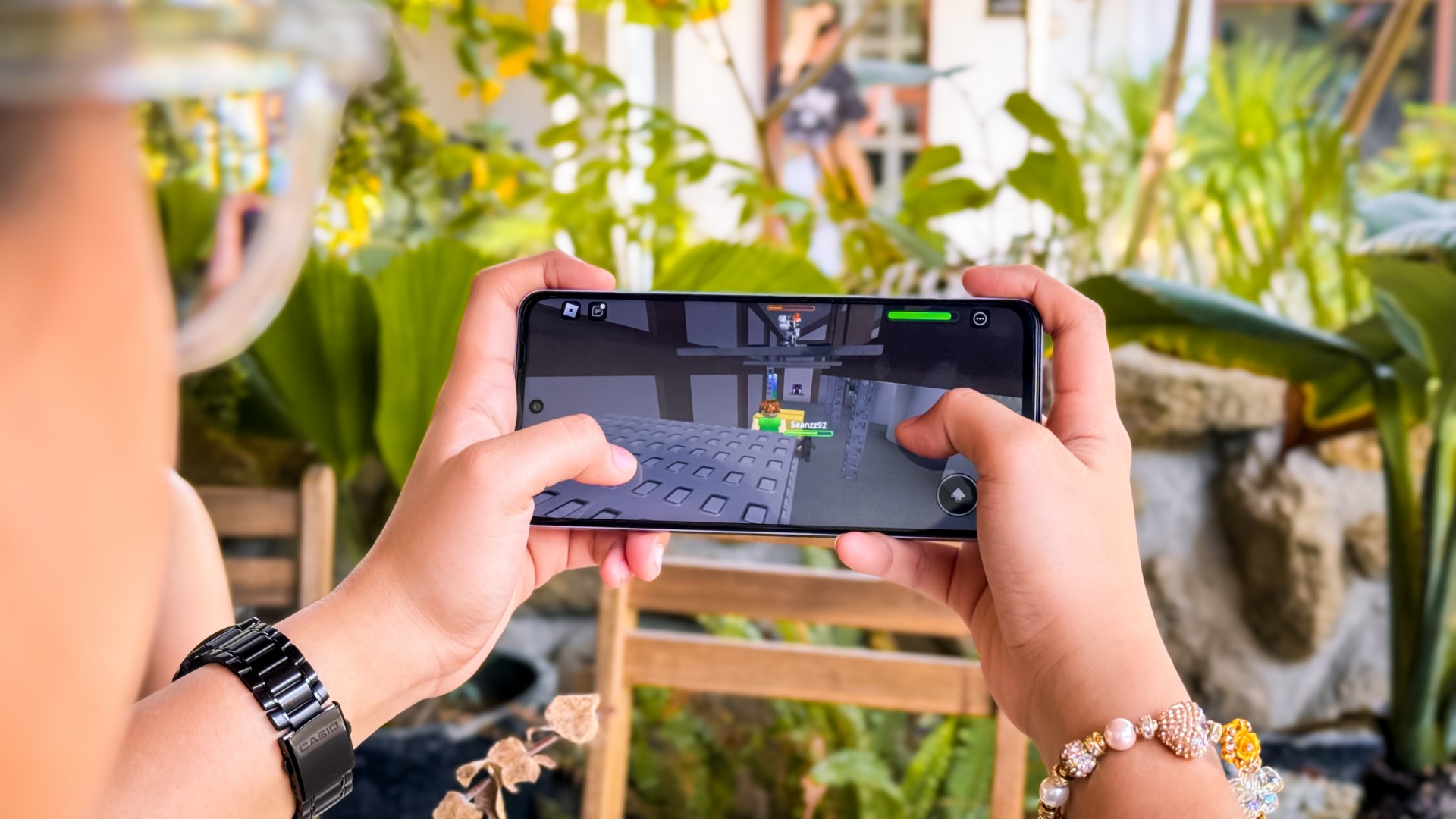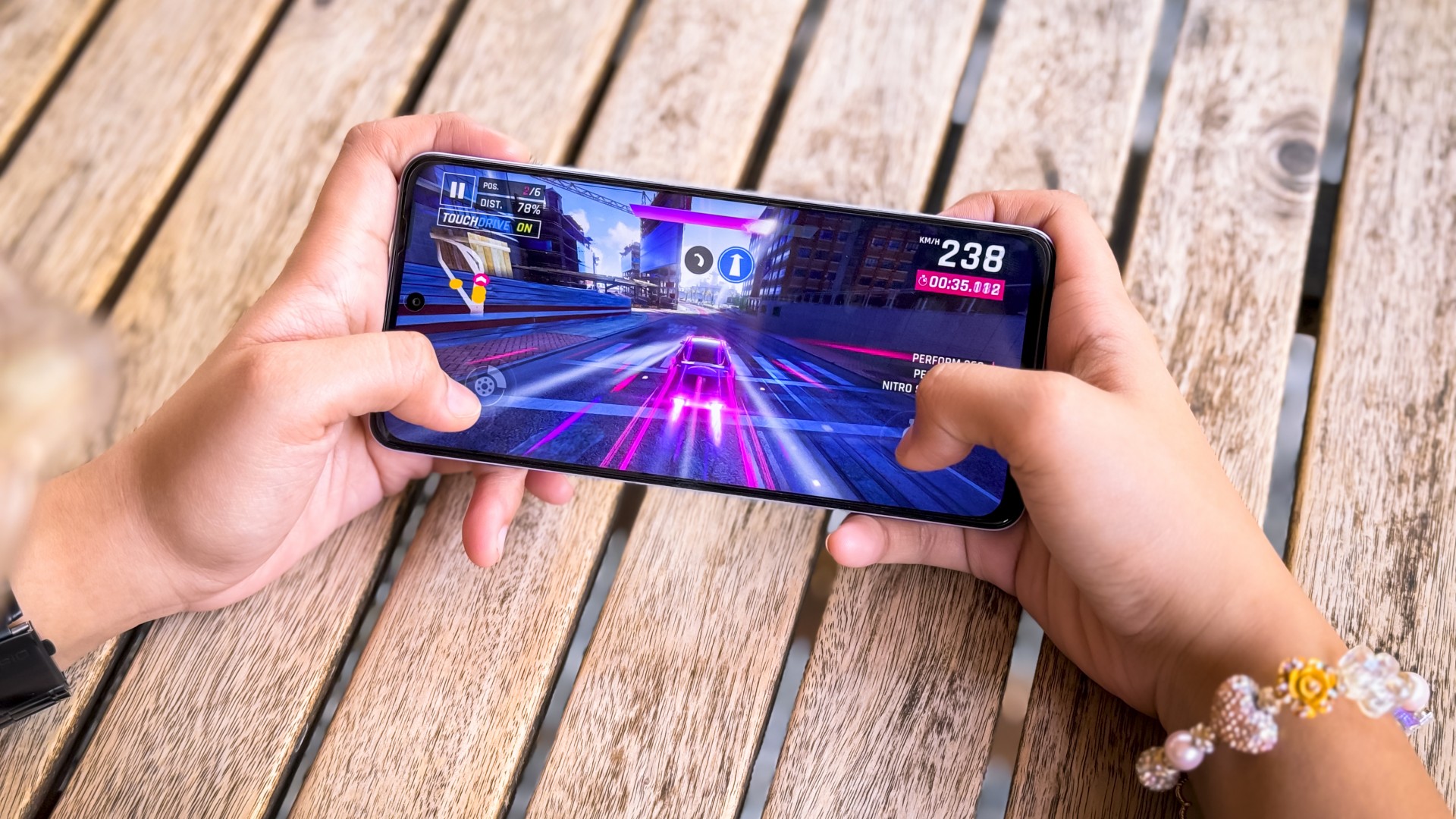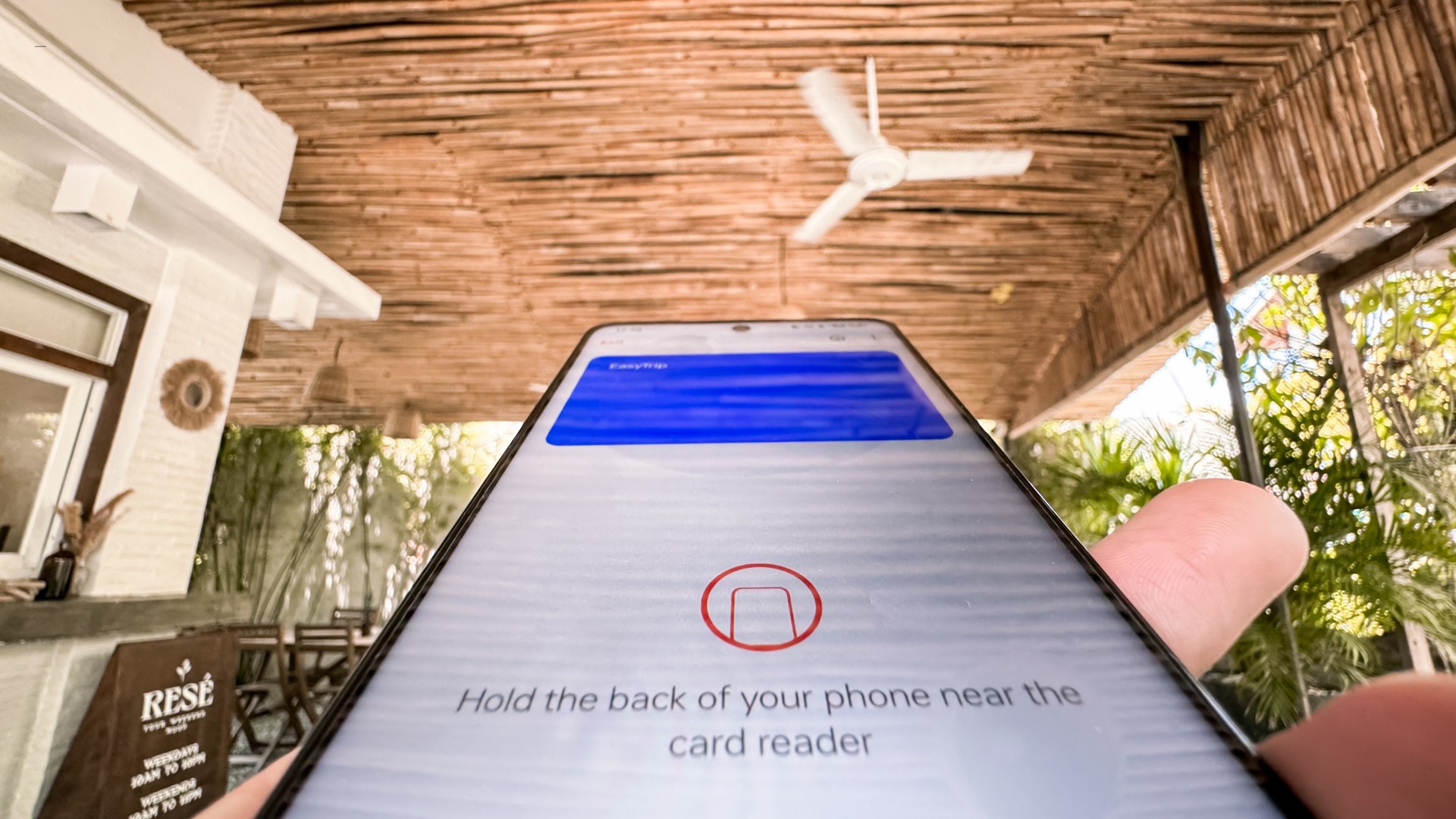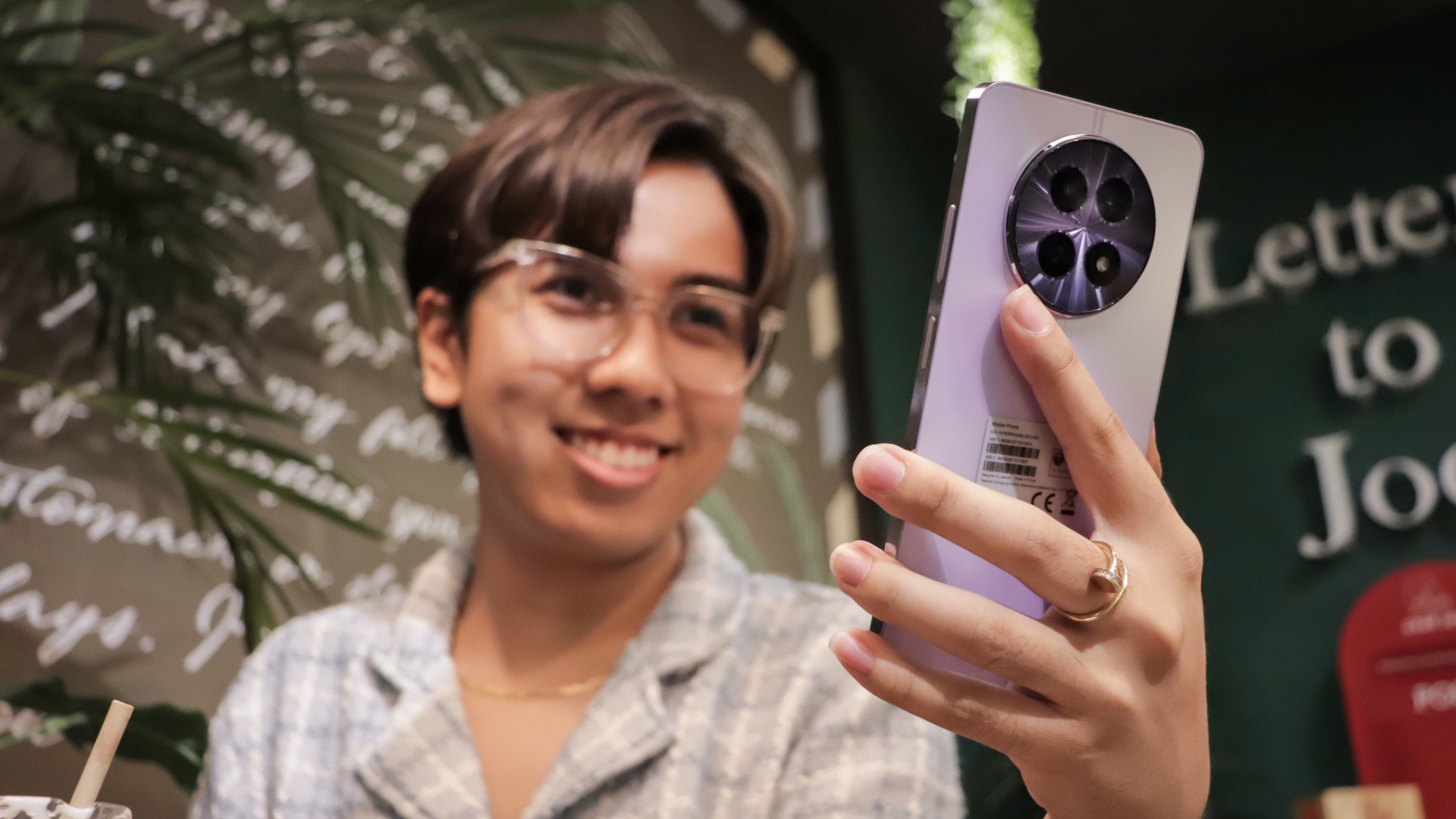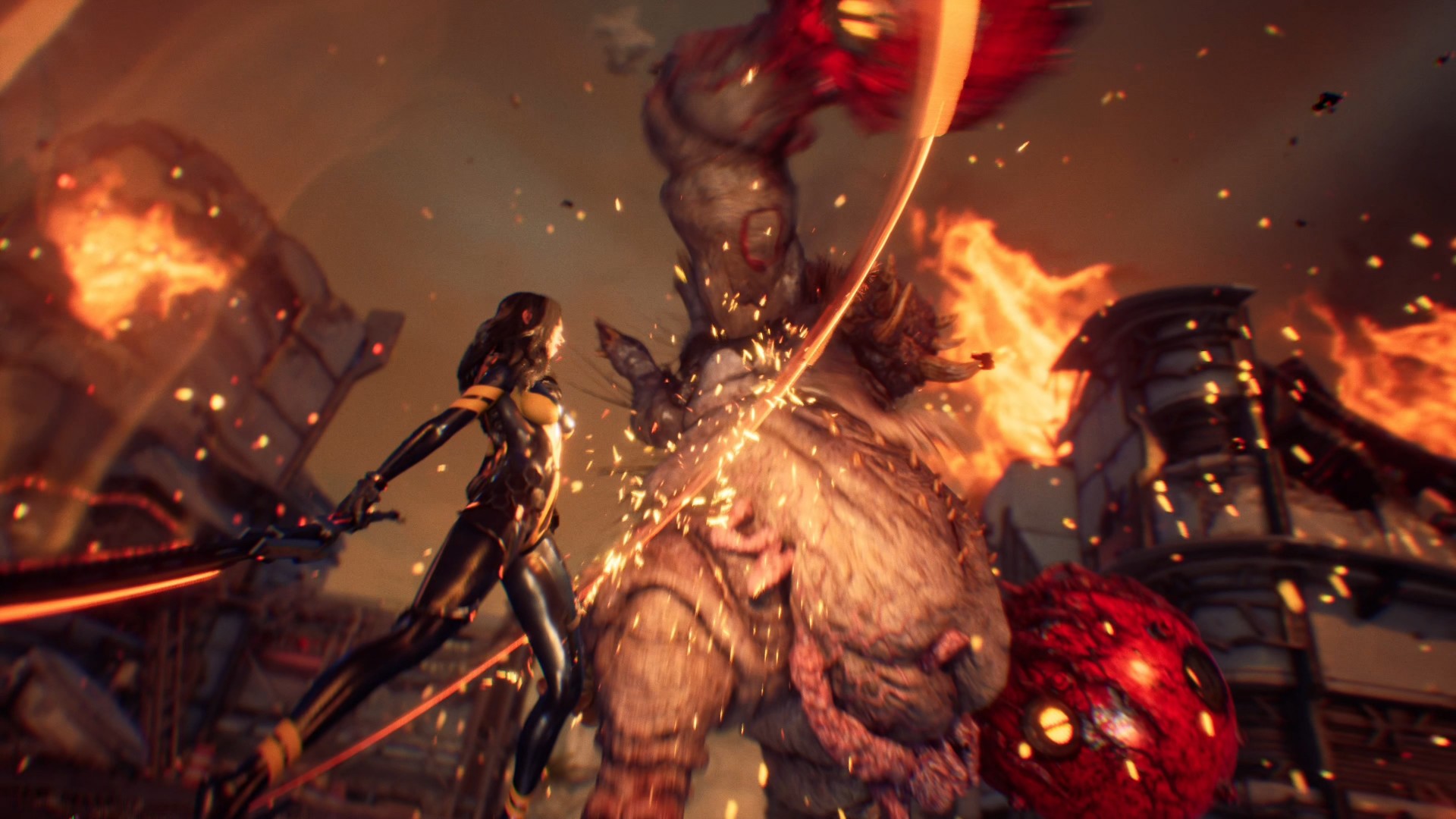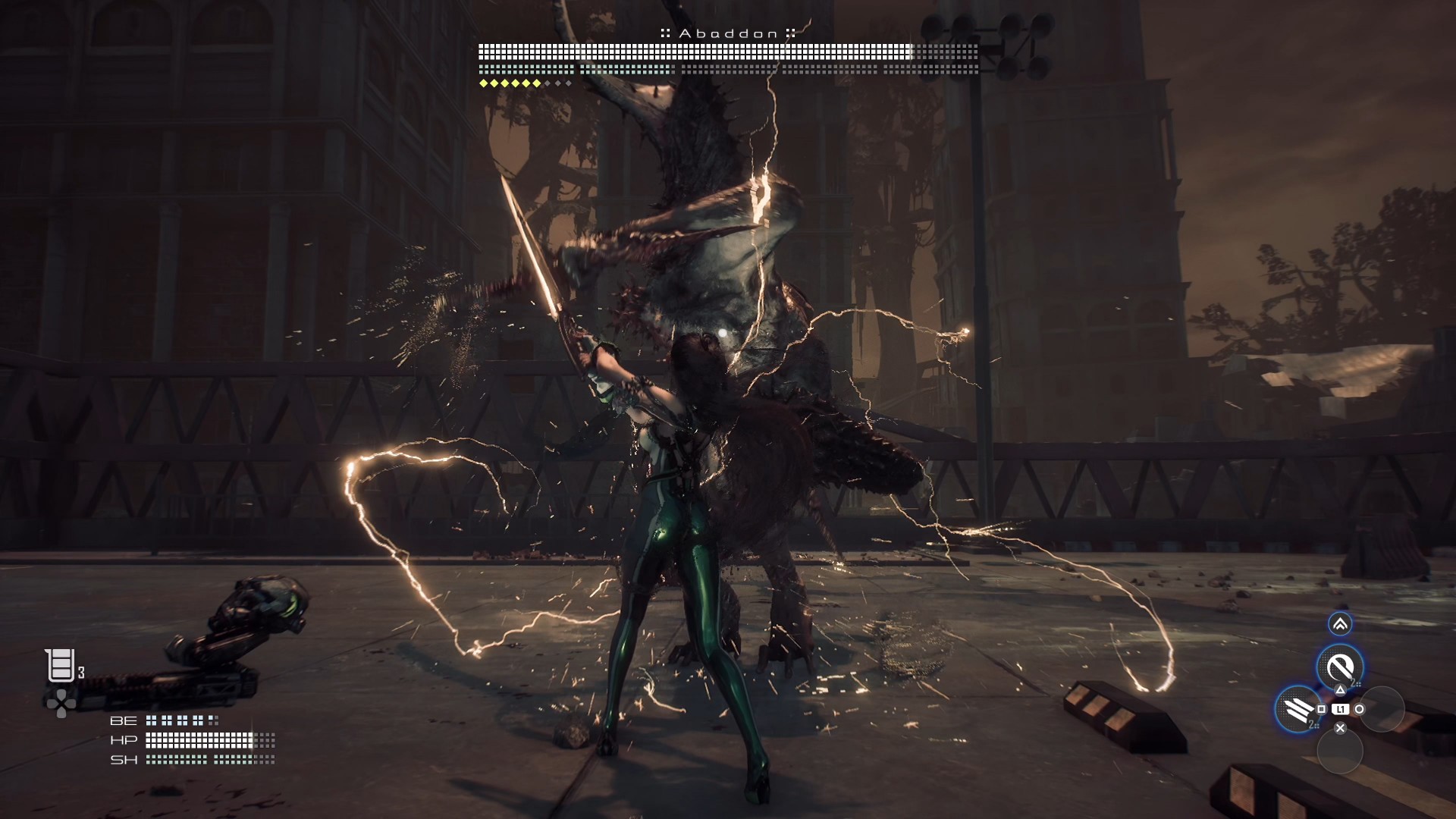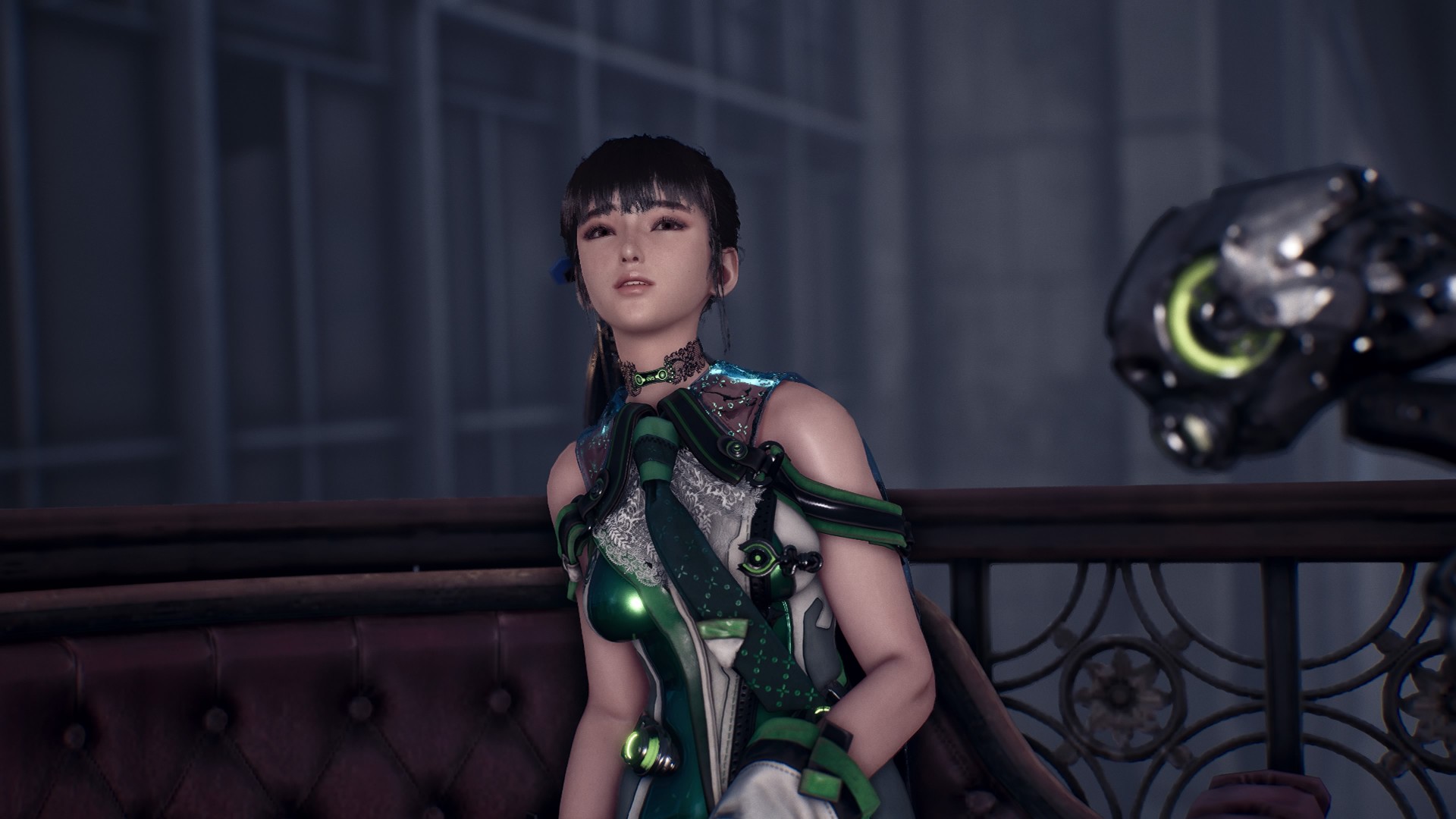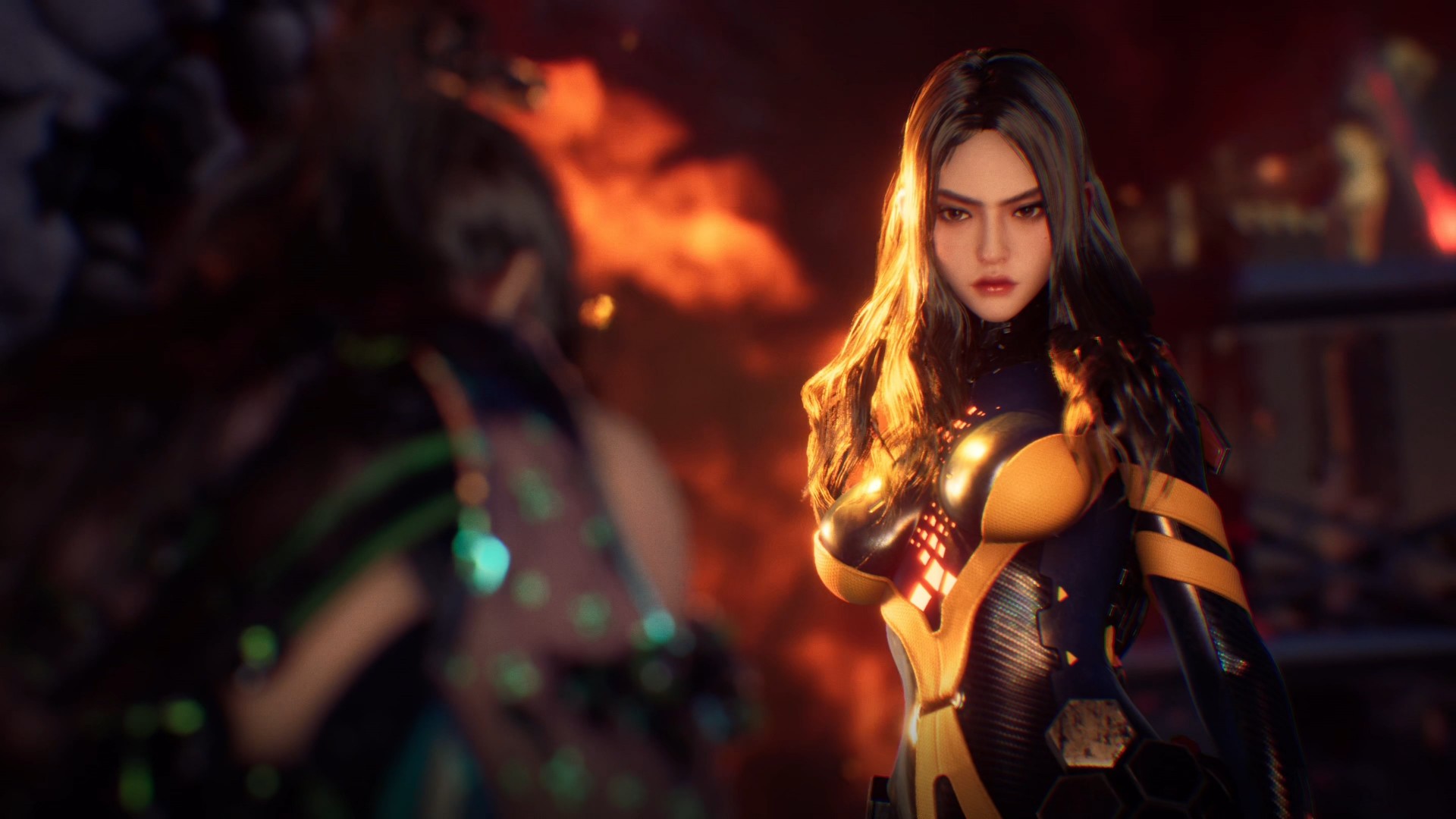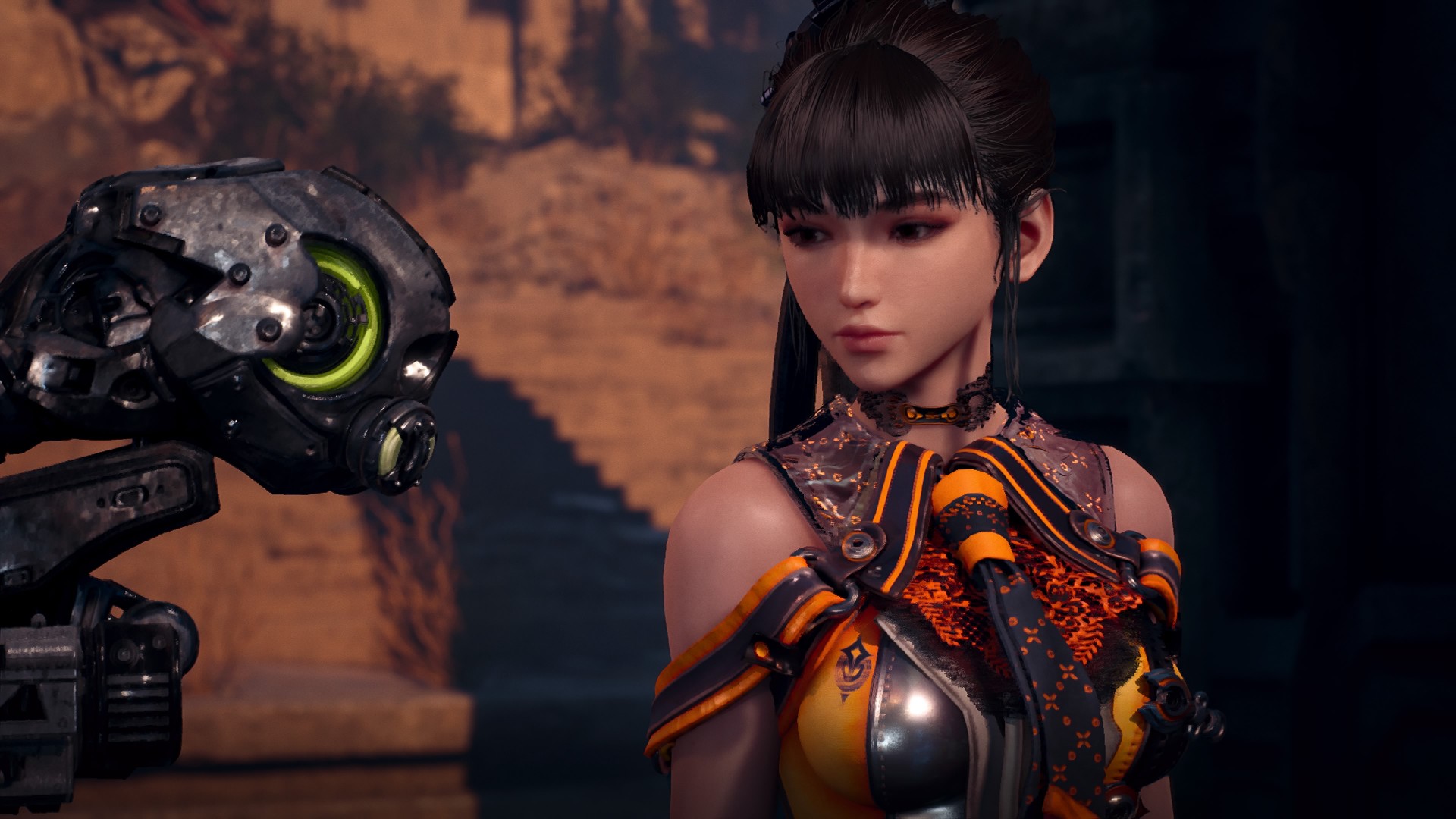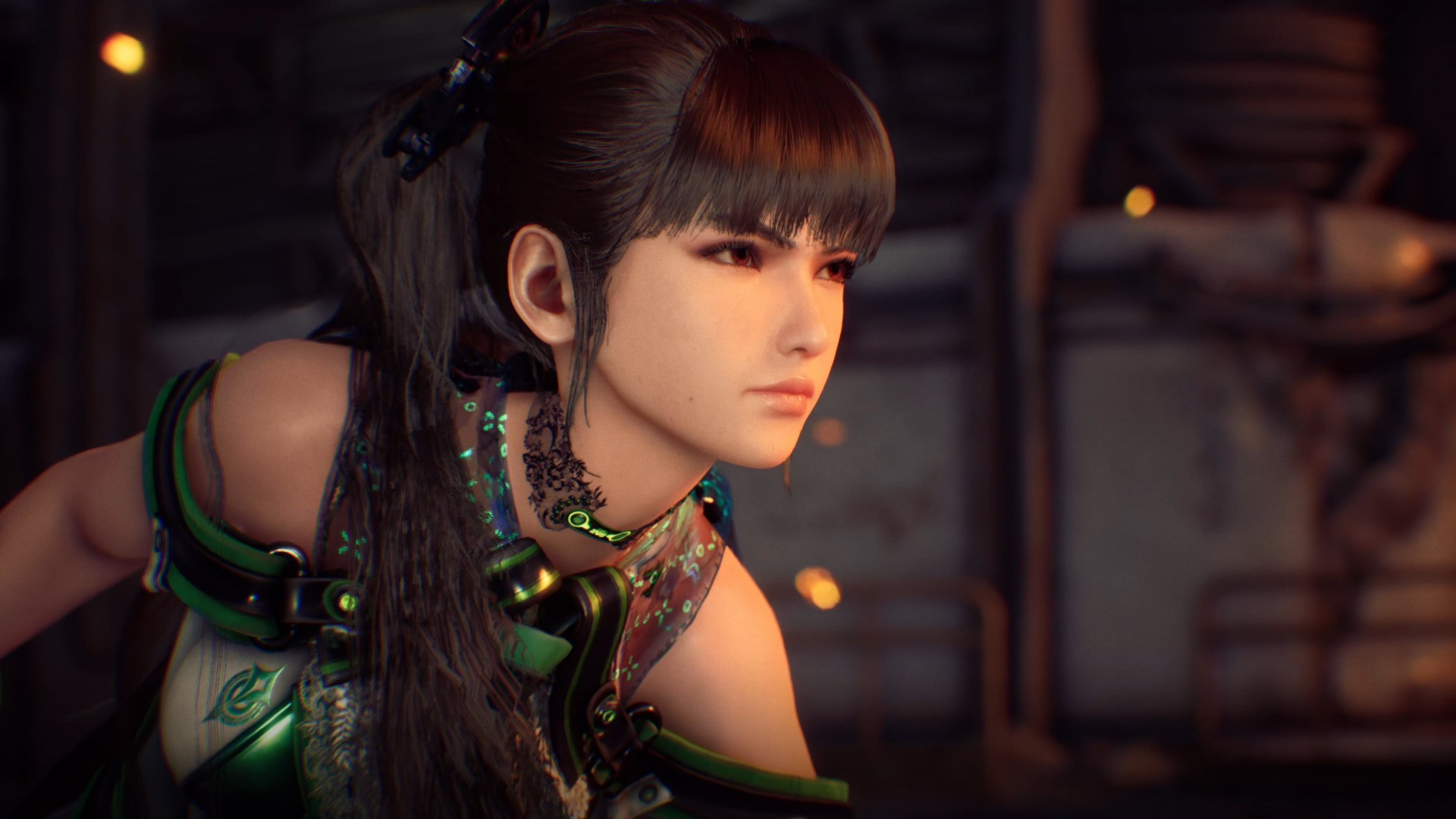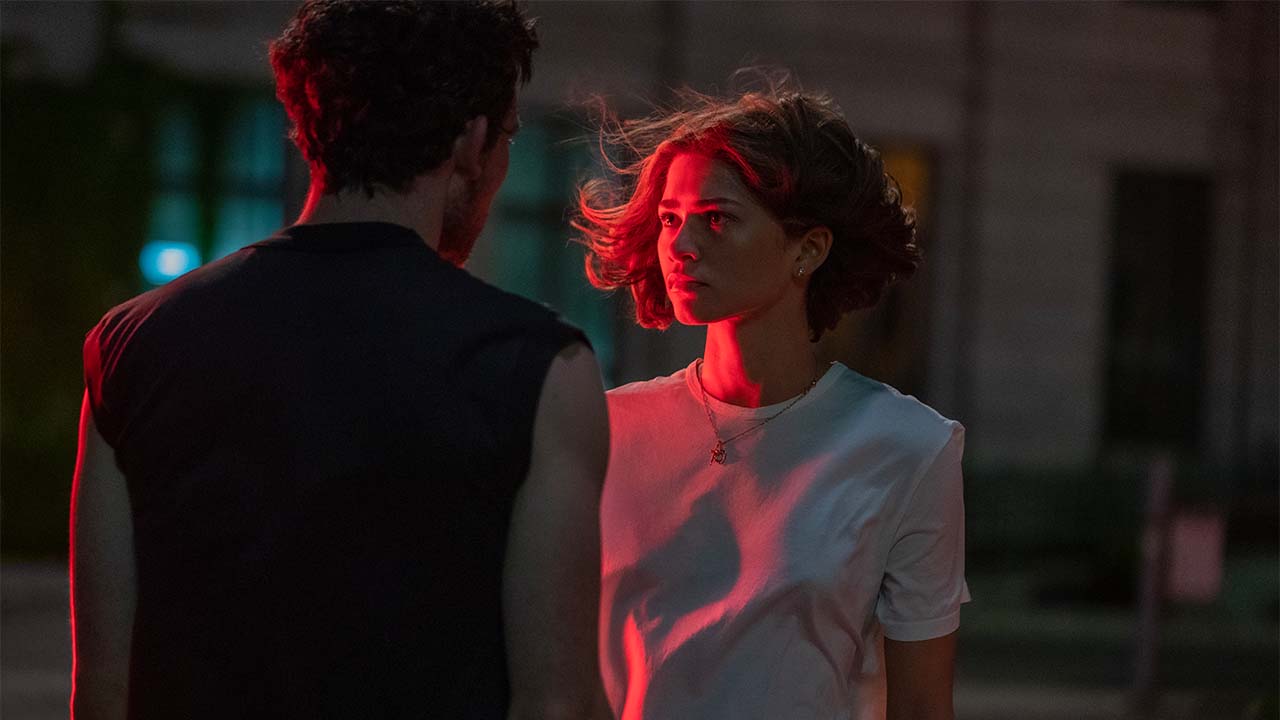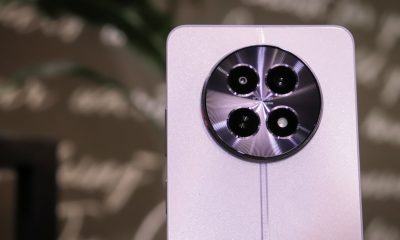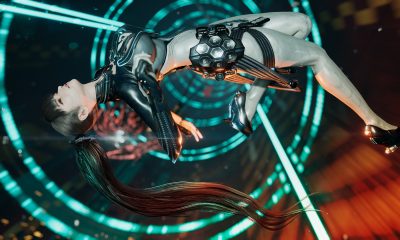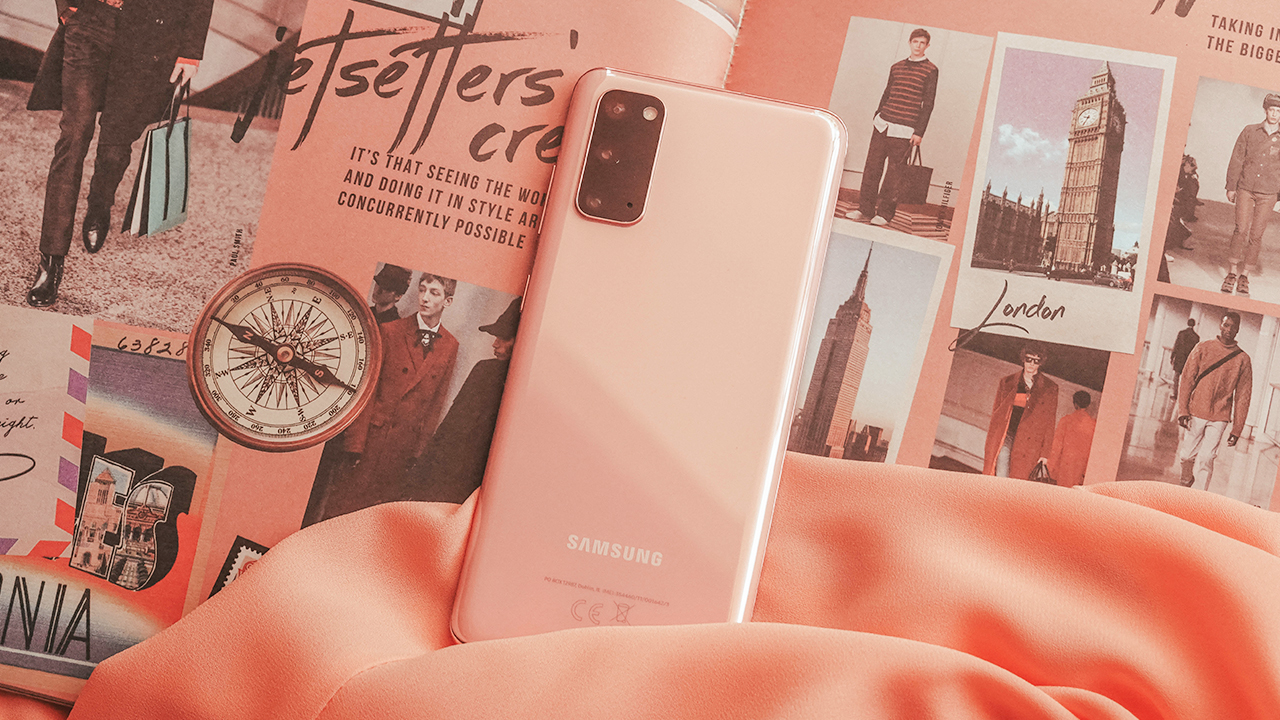
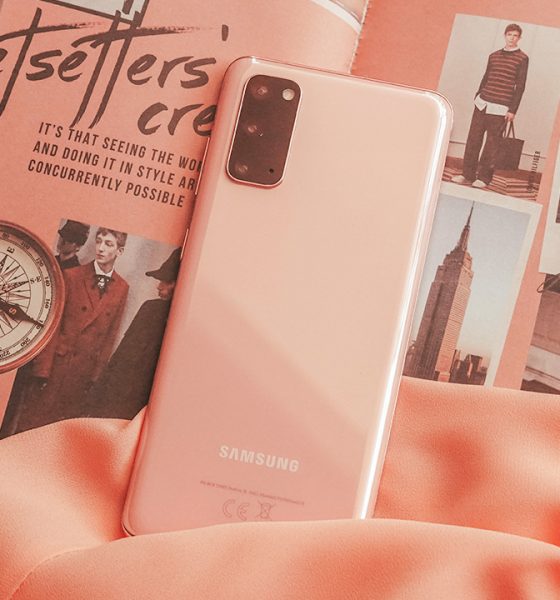
I’ve used a Huawei flagship for four long years, and I’m now looking to upgrade my current daily driver — the Huawei Mate 20 Pro. Admittedly, Huawei’s lack of Google Mobile Services made me look elsewhere. I can’t survive without Google, unlike others. Hence, I was elated to try the Samsung Galaxy S20.
Three months in and I find myself wondering, is it still “the one” to buy when there are so many options to choose from? And is it anyone’s GadgetMatch? Let’s find out in this review, or rather, my experience with it as my daily driver for three months. But first, let’s have a refresher on its looks!
Wonderstruck
When I first saw the Galaxy S20 series, I was enchanted by its charming colors: Cloud Pink, Cloud Blue, and Cosmic Gray. I was pining for Cloud Blue but I got Cloud Pink instead. But who am I to complain? I’m still trying out the smartphone I fell in love with at first sight.
Samsung maintained its design language albeit it’s subtly refined in the S20. For starters, the corners are more rounded compared to the S10. It was comfortable and I found myself glued to my phone, unable to let it go.
On the right side, buttons are now simplified. Now, there’s only two — one for the power button and one for the volume rockers. There’s also a subtle accent wrapping the buttons, exuding a sleek look.
The top side contains the SIM card slot and an inconspicuous earpiece, keeping it clean and smooth.
Meanwhile, the bottom features the speaker grilles, a USB-C port, and another earpiece. Overall, Samsung’s refined design for the S20 made it look and feel posh. The subtlety in its design is effing attractive.
You’re so gorgeous
The S20 has an alluring display, better than my previous handset. Coming from a 6.39-inch OLED screen, it was a treat to use the S20’s 6.2-inch Dynamic AMOLED 2x screen.
Its curved display is still here, but it’s hardly curved anymore. Samsung offered a middle ground for those who like and dislike curved screens, so everyone can enjoy this beaut. Although, a punch-hole in the middle of the screen might be distracting to some.
Honestly, Samsung’s punch-hole struck a balance though it still grabs attention over a light interface, like Facebook. If some of your preferred apps support Android 10’s dark mode or have their in-app dark mode setting, utilize it. Your eyes will thank you later!
I’m captivated by you like a fireworks show
It’s important to invest in a smartphone with an astounding display; something that captivates us and makes us want to look at it all the time. After all, we spend most of our time looking at screens.
The S20’s screen has HDR10+ support, perfect for your entertainment needs. It’s marvelous, impressively vivid, and cinematic — what else can you ask for?
Moreover, the S20’s screen supports 240Hz touch-sensing rate. You can choose between two refresh rates for your screen: 90Hz using HD+ resolution, and 120Hz using FHD+ resolution.
Frankly, I didn’t care about refresh rates. What’s the fuss when you’re not a gamer, right? But experiencing it first-hand, I finally understood why people are obsessed with it.
I have only used the phone as a companion to my life’s shenanigans. Despite not being able to use 120Hz on games that would take advantage of it (if there’s any), I was still spoiled.
Browsing, scrolling, and navigating apps on my phone is such a pleasure. Once you go 120Hz, there’s just no turning back.
I see sparks fly whenever you smile
In lieu of hideous camera placements being used nowadays, Samsung is using a bigger, rectangular module that’s already sported by some of its smartphones.
There’s a reason why Samsung uses a bigger bump: to house larger sensors. By now, I’m certain you know the S20 uses a triple-camera setup on its rear. There’s a 12-megapixel main camera, a 64-megapixel telephoto lens capable of up to 3x hybrid optical zoom, and a 12-megapixel ultra-wide-angle lens.
But let’s forget the numbers and see how it actually fares. There’s a saying that “results speak louder than its numbers.” I think I coined that.
I mostly judge a camera’s ability to produce mouth-watering photos sans using built-in filters. Laudably, the S20 produced vibrant and well-balanced food photos in different lighting conditions. You can post-process the photos to accentuate its details and colors.
Besides, it works wonders when taking photos of my friends. Whether it’s backlit or indoor shots, you can expect the S20 to deliver terrific photos apt for the ‘gram.
The S20 works as a travel companion, too. I’ve used its 3x zoom and wide-angle mode, capturing different moods and perspectives for travel photos.
Speaking of wide-angle, I love this feature more than the zoom. It’s best used during your travels to showcase a place’s charm.
Selfies are an absolute bomb despite sporting a mere 10-megapixel front camera. Even in low-light conditions, the front camera produced vibrant photos albeit it’s still far from being praise-worthy.
We were in screaming color
My friends and I struggled using the front camera in low light conditions, so we opted to use the rear camera and a timer. Still, the S20 produced well-lit, striking, and detailed photos, even though we didn’t use Night Mode.
If you’re a Night Mode fan, take advantage of the wide-angle feature to add perspective to your shots. Additionally, the S20 provides stabilization to aid you while using Night Mode. You don’t have to hold your breath now when taking handheld photos.
At utmost darkness, the S20 still captured a well-lit scene using Night Mode. For zoomers, you can utilize its 30x zoom, although you might not like the results compared to when you use a Huawei P40 Pro.
Like a rainbow with all of the colors
The S20 is capable of recording 8K videos and 4K resolution on both its front and rear cameras. However, I only used 1080p to document a weekend getaway. After all, who needs 4K or 8K right now?
Furthermore, I edited this one-minute video using cut-to-cut clips I’ve taken through Adobe Premiere Rush for Samsung, an app exclusively found on the Galaxy Store.
It’s a cruel summer with you
My experience with the S20 resembled my erratic relationship with the last person I dated. Sometimes I adore it, sometimes I’m confuzzled.
Par exemple, apps like Twitter suddenly stop refreshing, requiring a reboot. The phone also heats up quickly. A lot of S20 users in online communities are also complaining about how you can fry an egg using the phone’s intensive heat.
The heat is most felt when you’re doing memory-consuming tasks like video editing. If Samsung didn’t opt for the Exynos 990 chipset for its global units, I’m certain people wouldn’t struggle with heating issues.
This wasn’t something I experienced when I used the Galaxy A71 which sported Qualcomm’s Snapdragon chipset. Back then, the midranger ran Black Desert Mobile — a highly graphics-intensive game — without hiccups.
Samsung placing an Exynos chipset for its global units while using Snapdragon for US variants feels like Samsung only cares about the US market.
I love you and that’s all I really know
But those are the only flaws I encountered. For the most part, navigating the S20 is splendid and buttery smooth. It’s the reason why I stuck with it. After all, it still gave me reasons to love it.
And like a bloody martyr in love, I chose to gloss its shortcomings since I’m head over heels with the experience. First, it has a smooth and seamless navigation. There’s also an apps edge feature allowing quick access to my favorite apps. The 120Hz refresh rate helps against exhausting my eyes when scrolling, too.
The S20 runs One UI 2.0 based on Android 10. It’s cleaner and contains less bloatware. It’s also equipped with 8GB of RAM and 128GB built-in storage, offering the right amount of speed you’d expect from a flagship smartphone.
There are Samsung staples that I relish, too. For instance, Samsung Members offer great deals from spas, resorts, cafes, and even restaurants.
Lastly, there’s an AR Emoji, which made me fond of creating avatars. I find it’s an ideal response whenever I don’t have a precise GIF to articulate my emotions during a conversation.
A nightmare dressed like a daydream
I can’t refute how the heating issue is a dealbreaker for a lot of people. When push comes to shove, consistent heating can potentially damage the battery.
The S20 sports a 4,000mAh battery, expected to last for a day for power users. During my stint, the S20 lasted up to ten hours from the full battery down to fifteen percent. It’s somewhat momentary, but the S20 kept up with my nonstop usage for eight hours.
Samsung has a dreadful case when it comes to battery life, which is why you need little tricks to improve it. However, it’s the high refresh rate that took the most toll on my handset’s battery life.
While I’m genuinely happy to have the S20 accompany me throughout the day, the battery started deteriorating three months later. It dips for two to three percent in just an hour despite being on standby and only keeping the WiFi on.
Thankfully, it charges fairly quickly over Power Delivery 3.0 using a 25W adapter and a nice, thick USB Type-C to Type-C cable. You just need to charge it for at least an hour and a few minutes.
One second it was perfect, now you’re halfway out the door
Wistfully, the S20 doesn’t have a headphone jack but you can use any Type-C cable, in case you’re still using wired earphones. If you already went wireless, it’s common knowledge that Samsung has its own line of wireless earbuds.
Pairing the Galaxy Buds with the S20 is effortless, and the sound quality is clear and loud. The connection is consistent, too. It’s not flaky, unlike the person I last dated. Having a consistent connection is important for me, especially when working (or dating).
It’s agonizing when the music suddenly stops because of poor connection with the handset (as I’ve experienced using the Mate 20 Pro). Even in relationships, you’d hate it when the guy suddenly ghosts you, right?
If you want to live your life out loud, the S20 is equipped with a stereo speaker setup tuned by AKG. It’s loud enough to fill the bathroom with your favorite tunes.
I found myself using just the S20 instead of bringing my House of Marley speakers during late night showers. Oh, it has an IP68 rating, too. You don’t have to worry about your phone getting wet!
You and I will be safe and sound
It’s always nice to feel secure — whether it’s on your device, your home, or your relationships. For a flagship smartphone, expectations should be high when it comes to security and peace of mind.
First, the S20 had an IP rating, ensuring protection against the elements. Accidents do happen, mostly during night outs where you spill your drink over your phone.
Next, it has three types of device protection: in-display fingerprint scanner, the usual password-protection, and facial recognition. All forms of protection work fast, requiring minimal effort to access your phone. If you have trouble reading your fingerprint scanner, you might need to read this little trick.
Apart from physical security, I care about my online security now more than ever. While I’ve been privy of ways on how to keep my accounts secure, I still rely on my handset to keep me safe and secure. Thankfully, Samsung cares about security as much as I do. It even has its own security platform and solutions!
For starters, you can utilize Samsung Pass much like Google Passwords to keep your accounts safe and remember your login info again for easier access next time around. Then, there’s Samsung Knox — which I only learned from a data and security conference held in 2019. I even talked about how Knox is the one thing that keeps Samsung apart from other brands in an exclusive interview.
In a nutshell, Knox is a fail-safe to protect your data. Learning about it made me appreciate the thought Samsung puts in its smartphones. It’s always the little things that make us fall in love with a brand even more. How can you not love something (or someone) that made you feel safe and sound?
Can you be my, my, my lover?
This is where the “Is it your GadgetMatch?” part comes in. The Samsung Galaxy S20 is still one of the best flagships you can get in 2020, hands down. It’s the perfect paradigm of a smartphone; everything just works with little effort on your part.
Priced at PhP 49,990, it’s ideal for those who want to upgrade from their Galaxy S8 or S9. It’s also suitable for those who want to jump from midrange to the flagship category, especially if you have the money to burn.
For former Huawei users who are looking for a flagship alternative that has Google (aka me), it’s an excellent choice.
If you prefer a bigger handset, there’s the S20+. Then, there’s the S20+ Ultra, in case you need a monster phone. If you still don’t know which Galaxy S20 is your GadgetMatch, you can read our brief comparison.
Alternatively, those who aren’t loyal to Samsung might find the OnePlus 8 Pro and Xiaomi Mi 10 Pro as viable options. Both phones offer the same flagship experience and prowess, but at a much affordable price.
You can purchase the Samsung Galaxy S20 at Samsung’s online store and its authorized retailers like Abenson and MemoXpress. It’s available in Cosmic Black and Cosmic Gray.

Reviews
realme 12 5G review: It was enchanting to meet you
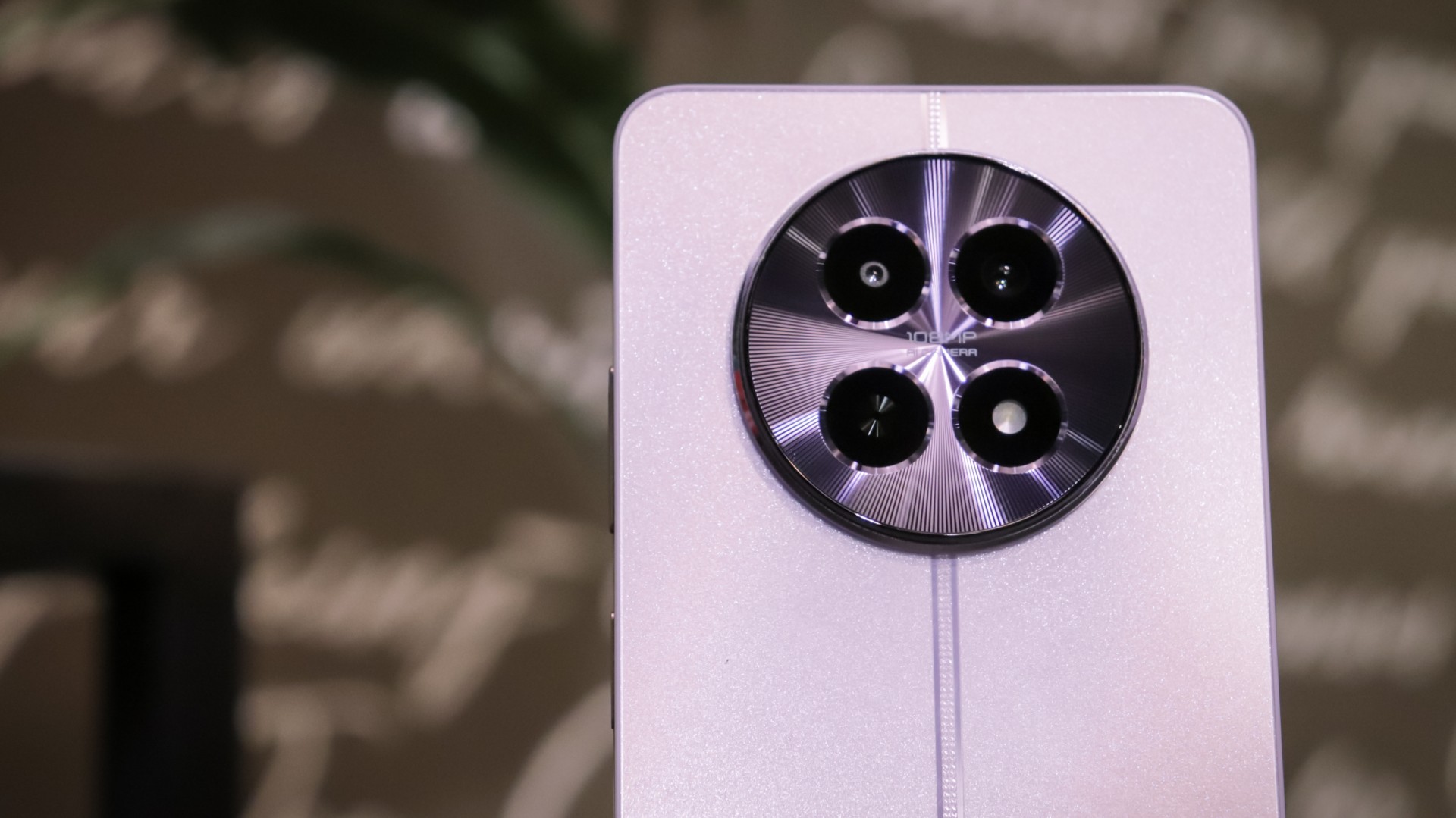
Just when we thought the Midnights’ era was over and the clock’s hands are now pointing to the tortured poets, a ‘Lavender Haze’ has arrived in the midrange smartphone department of the Philippines.
The realme 12 5G is here, and dang, does it look magical!
Just over a month after the official release of the realme 12 series, a new younger sibling just arrived, dead set on satisfying a niche that wants a competitive mobile device but has arguably smaller pockets.
You showed me colors you know I can’t see in anyone else
Right off the bat, the realme 12 5G is nothing short of stunning. The unit I have is in Twilight Purple, and believe me when I say that it’s a feast for the eyes. The other color variant of the phone is Woodland Green and its deep green hues will certainly win many hearts as well.
Despite not having the vegan leather of its older siblings, the realme 12 5G still has the ability to turn heads and serve the borahae aesthetic which a lot of people (count me in!) like.
The camera layout of the realme 12 5G is a visual language we’re familiar with all too well. The luxury watch design is something I will always be a fan of. I really admire smartphone brands that create their own visual identity rather than those who take the easy route of copying a certain bitten fruit brand.
However, I must say that the metal frame of the realme 12 5G is a certified fingerprint magnet. But if you’re like part of the, say, 99% of the population who use smartphone cases, the free clear case that comes straight out of the box is an easy fix. That’s another episode of android-smartphones’-generosity-saves-the-day!
It is also an important thing to note that while I really love the big camera design of the realme 12 5G, it can be bothersome when using the phone in landscape orientation. My fingers are naturally covering/touching the cameras. While it’s not that uncomfortable, you might have to wipe the lenses much more than you think you should.
The ports and buttons are pretty generic for the most part. The volume controls and power buttons are sitting on the right, the USB-C port, stereo speakers, and the 3.5mm headphone jack (yes, a headphone jack in 2024? I know, right!) are on the bottom. realme, however, stepped up the game through the power button because it does not only double as a fingerprint scanner, it also allows custom shortcuts by double-tapping or double-pressing. This feature is called the dynamic button.
A display made for ‘Islang Pantropiko’ (Tropical Island)
Rocking a 6.72 FHD+ LTPS LCD display that supports a screen refresh rate of up to 120Hz is another impressive feature the realme 12 5G boasts under its purple sleeves. With a screen-to-body ratio of 91.4% and a camera punch hole that effortlessly blends with the display, an immersive experience is guaranteed.
The image looks sharp, the colors are vivid, and scrolling on this device is a breeze. Although, I would have loved it more if the bezels are thinner or at least, proportionally distributed but again, that’s just me being a true-blooded Virgo.
But that’s not where the display admiration ends. The realme 12 5G also supports up to 800 nits of screen brightness. It can go further to 950 nits when the ‘Extra Brightness’ mode found on the display settings is toggled on.
This makes the display easily viewable even outdoors. That’s especially true during these ‘Islang Pantropiko’ summer weather when the sun’s scorching heat is not that forgiving to smartphones with dim displays.
The cameras: Do I love it? Do I hate it? I guess it’s up and down!
I would like to be very honest, I initially wanted to name this portion of the review as “The tortured camera department” but I feel like that would not be accurate of what I really feel towards the shooters of the realme 12 5G.
The smartphone sports three cameras in total. At the back lies the 108MP main camera that supports 3X zoom and a 2MP portrait camera. Meanwhile, the 8MP AI selfie camera resides on the front panel.
The quality of the photos produced by the realme 12 5G is a hit or miss for me. There are times when I really feel like it’s doing a great job but there are also times when I just feel like it could have done so much better. Take a look at these sample photos.
Photos taken in broad daylight look pretty good. The colors are vivid and the sharpness is on point. The only thing I can complain about is the dynamic range which, on some conditions, can look underwhelming or too processed for my liking.
Despite the not so accurate edge detection, portrait shots of the realme 12 5G can produce decent outputs. However, I highly suggest using the 1X option rather than the 3X one for a natural looking and overall better quality.
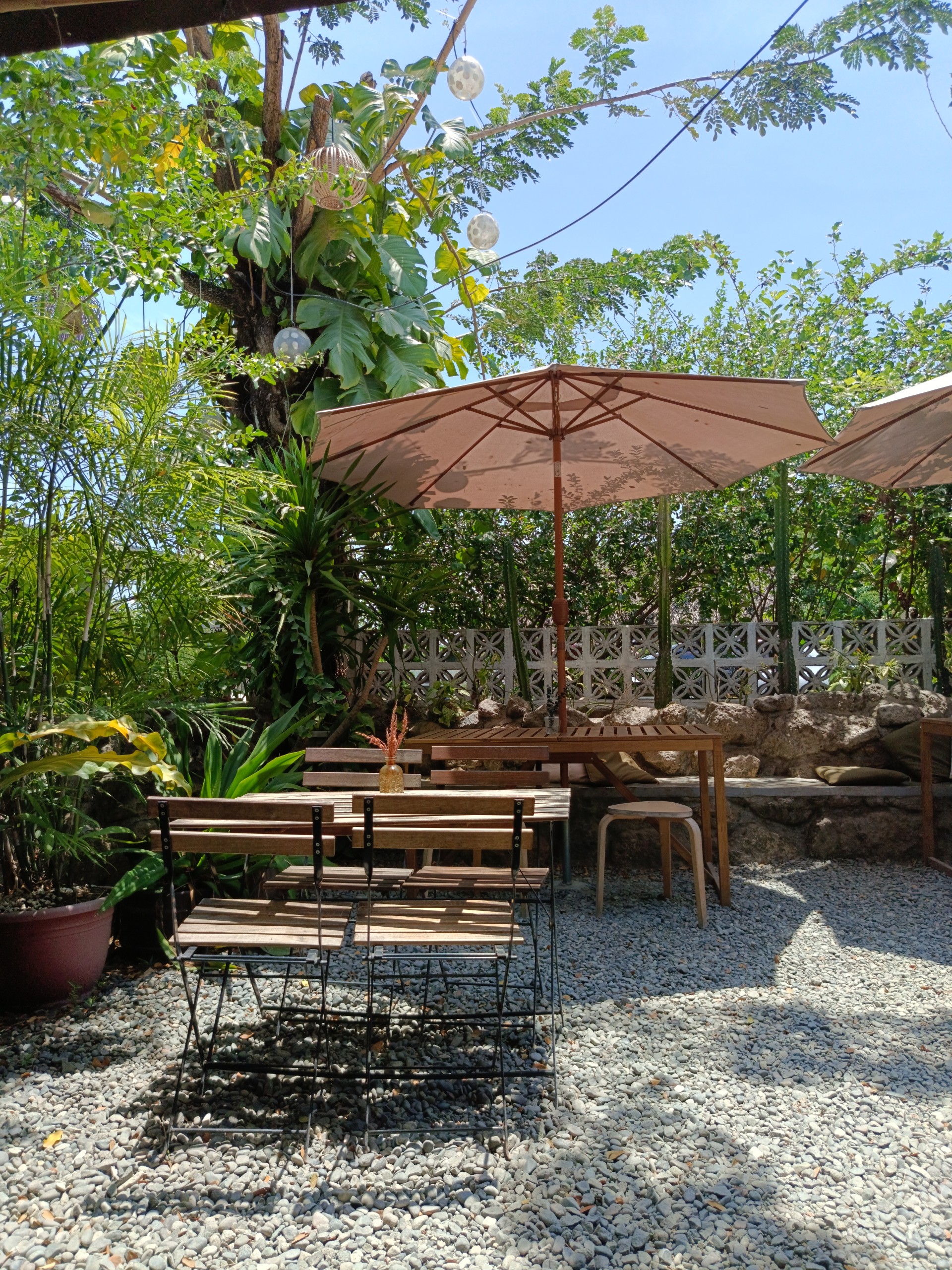
The High Res mode dedicated to capture 108MP photos doesn’t really pose that much of a difference. Sure, the photos may appear a tad but brighter but when looking closely, the highlights are overexposed.
Not just that, photos taken using the High Res mode generate massive files. I even took a single photo that is over 90MB in size.
The 3X zoom seems underperforming and inconsistent as well. The photos can look good and usable one time but frequently, it just appears oversharpened and heavily processed. The colors can be too saturated as well.
Low light photos taken using the realme 12 5G is also another yin and yang for me. When there is enough light, it can produce really impressive results but it can also struggle during the darker times when you feel like you really need it to perform as intended.
As for the selfies, I can say that I am quite happy with the phone’s performance. It may not be flagship level but it won’t let you down in your “me” moments.
The video is limited to 1080p at 30FPS for both the rear and front-facing cameras. I do believe that there’s some sort of EIS for the rear camera but the quality is nowhere near amazing.
So long, realme
One thing I really love about the midrange Android market is despite the competition price point, companies are really generous when it comes to battery and charging speeds. realme 12 5G is not an exception.
Packed with 5000mAh battery that supports 45W SUPERVOOC charging, quick battery drain and slow charging speed are a thing of the past. Being a heavy social media user, the realme 12 5G lasted me a whole day of use with a few more juice left before I reached out for its charger.
realme promises a 0-100% of charge in just 83 minutes. True to its claims, I was able to charge the phone from 20% to full in just 72 minutes. Impressive is an understatement.
You need to calm down, you’re being too loud
The realme 12 5G’s dual stereo speaker also has a feature called the Ultra Volume Mode that allows you to push up the volume level up to 200%. While it’s not necessarily bad, I find the audio quality to be a little bit harsh-edged and crunchy.
The bass is really lacking as well to the point that it kinda affects my music time with my current favorite bubble gum P-pop songs. The normal volume, albeit a little bit better, is not really an entirely different story. This just goes to show that just because it’s loud, doesn’t mean it’s a great speaker.
I think there’s been a glitch…or two?
Moving forward to speed talks, the realme 12 5G is powered by MediaTek Dimensity 6100+. Basic operations like browsing on social media is an easy feat for realme’s newest midrange device. Even multitasking seems smooth on this device, switching back and forth between apps hasn’t really been an issue on my end.
It does reload some apps, mostly games, when reopening them but I feel like that’s pretty normal for midrange android devices.
The gaming experience, however, is kind of underwhelming. When playing Roblox even on automatic graphics quality, I still experienced a considerably significant amount of frame drops. That became more frequent when I dialed up the graphics settings to maximum quality.
Surprisingly, I didn’t notice any frame drop when I played Asphalt 9 on default graphics settings and only a few occurred when I modified the settings to the highest graphics quality and 60FPS option.
As for the device’s temperature, the realme 12 5G may warm up during heavy use over an extended period, but it remains comfortable to hold. A brief rest allows the phone to cool down quickly.
You’ve got some tricks up your sleeves
Another thing that makes the realme 12 5G so interesting is the special features that come with it. Even though some of them can be viewed as plain gimmicks, some could be really useful. For example, the mini capsule 2.0 as realme likes to call it is an animation feature that is quite similar to Apple’s dynamic island, is nowhere near impressive and does not really improve the phone’s functions in any way.
On the other hand, the Snap Cards feature of the device which allows you to use your phone to store RFIDs by scanning the actual RFIDs could be a game changer for some people. Imagine you forgot your work RFID that records your attendance but hey, your phone is there to save the day! I believe things like these are what makes the realme 12 5G a fun device to have inside your pocket.
Other features worth mentioning include RAM expansion, dynamic button, and extra brightness.
Final Thoughts
To sum everything up, the realme 12 5G offers a wide spectrum of features a lot of people will love. With its unique aesthetic and color options, impressive sunlight display, and long-lasting battery life, it offers a holistic and fun experience for its users. . The device’s ability to deliver decent photos is also worth keeping in mind.
Its performance, although not perfect, still provides a satisfying user experience. To top all that off, it also has special features under its belt. With its competitive pricing, I will definitely recommend the realme 12 5G for people who love aesthetics and value functionality but do not want to break the bank.
Pricing and Availability
The realme 12 5G is the least expensive offering among the realme 12 series. Priced at Php 14,999, the handset comes with 8GB of RAM and 256GB of storage. You may purchase the device and get freebies on realme’s TikTok shop until April 30. The realme 12 5G will also be available on realme’s official Shopee and Lazada store on May 5 to 10.
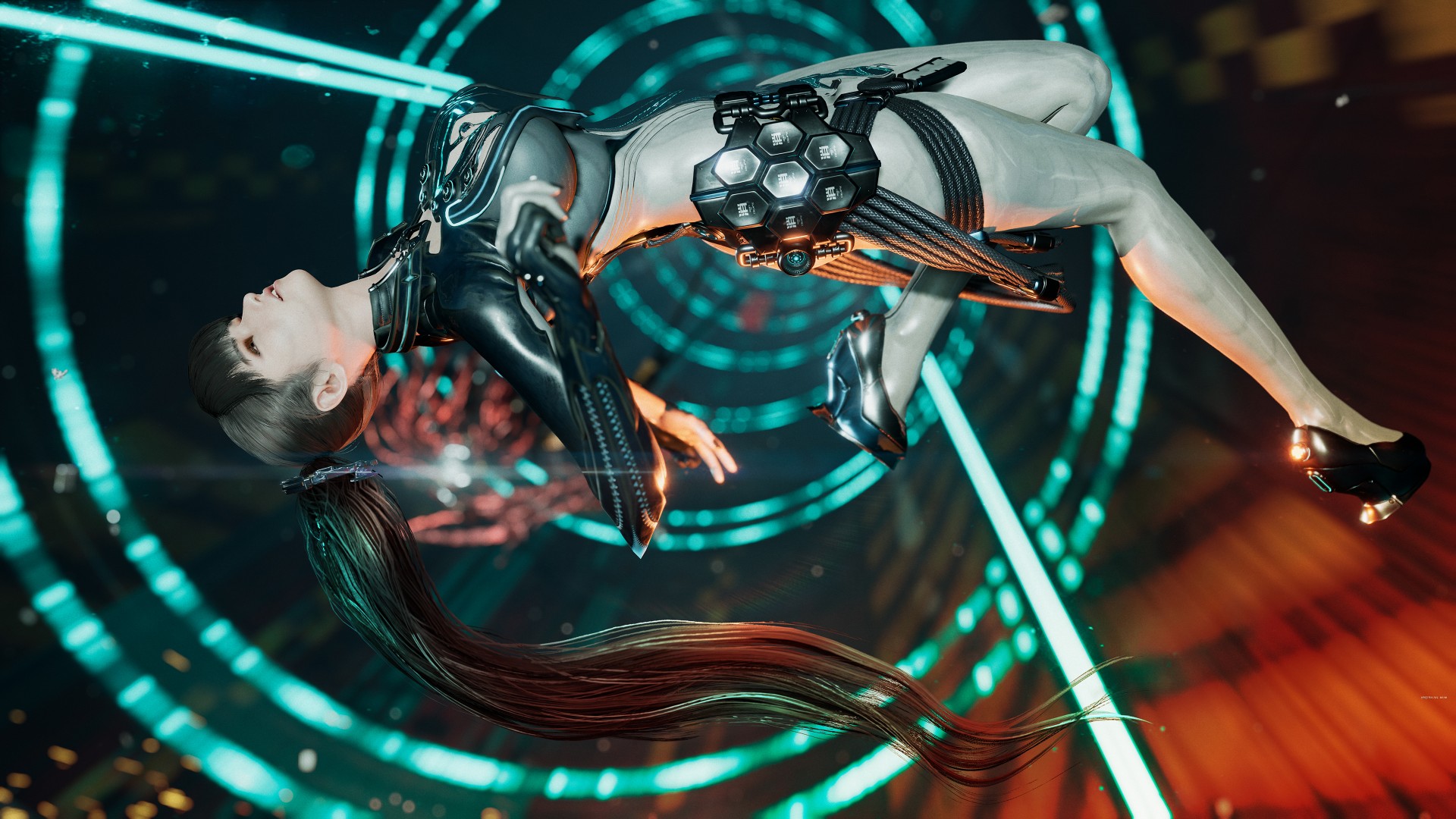
We didn’t have the best impression of Stellar Blade after spending time with the demo. Unlike certain players who poured a full game’s length of hours playing, our reception was lukewarm due to various reasons. But after finally having some time to focus on it, we now have a better understanding of its charm–and that goes beyond character design.
The game’s director has been ever-present in various gaming and tech news websites sharing nuggets about the game and reacting to the many comments made about the proportions of its female characters. That’s a rabbit hole we’re not diving into. Instead, we’re piggy-backing on one of his responses: Just pick up a controller and play it.
Steep combat learning curve
Stellar Blade’s combat didn’t click with us right away. But that’s because we approached it more like a hack-and-slash and not for the precise combo-parry sequence that it demands. A fellow reviewer aptly described our experience: It was a lot more “Soulslike” than we anticipated.
It took a while to get over that hurdle. For one, this writer isn’t particularly fond of Soulslikes. Skill issue. That’s tough considering a big part of this game’s charm is its combat. We can’t say that it fully clicked with us, but it certainly has its moments.
In combat, you have to pay attention not only to your enemy but also to how the protagonist, Eve, acts in different combo animations. If you’re not careful, you might find yourself getting hit during a lull in your combo.
You don’t have to memorize every single combo, although if you could, that’s certainly an advantage. We can compare the practice to memorizing combos of characters in Tekken, although at a milder rate.
Parrying is tricky but that’s not the only way to counter your enemies. One of the first skills you unlock is one that lets you get behind your enemy after they unleash a fatal attack (cued in with blue indicators) and hit back with your own counter. The animation looks so good that you’ll feel like an absolute badass every time you do it. It’s one of the moves that never got old throughout the entire playthrough.
As you progress through the game you’ll unlock ranged weapons that will expand your combat capabilities further. Hard combat enthusiasts should have a field day.
For more casual players, there’s no shame in switching to Story Mode which is what we did for about 70% of the playthrough. It’s easier, sure. But it can still present challenges especially during certain encounters.
The boss battles are TOUGH
We’re going to chalk this up again to skill, and perhaps patience, issue. But Stellar Blade’s boss battles are incredibly tough. Not to the point that you’ll want to throw your DualSense controller though.
What can make it frustrating is that the patterns of the enemies, especially the earlier bosses and mini-bosses, are easy to track. But they’re not exactly easy to deal with.
Parrying becomes an even more critical skill in these encounters. It’s one of the reasons why we opted to slide down the difficulty. Otherwise, this writer will never finish the game.
Pulling from different games, worlds
We have seen many compare Stellar Blade to the Nier games. Other than the setting, another big contributing factor in that comparison is the soundtrack.
During roaming, exploring, and combat, the music will change from time to time. However, they stick to this theme that’s a little eerie. It’s hard for us to describe but it’s almost like a crescendo that never quite swells up. It matches the game’s world perfectly — it feels hollow and devoid of life but still has a sliver of hope.
Combat isn’t the only thing you’re doing here. While it’s mostly linear at first, Stellar Blade offers a healthy mix of exploration, platforming, and puzzle-solving.
The puzzles don’t get in the way of the pacing. They’re quite engaging and offer a decent level of challenge. Roaming and exploration will yield you loot to improve your gear and stats. Occasionally, a Naytiba (the game’s primary foils) will surprise you for a good jumpscare moment.
Stellar Blade doesn’t reinvent anything nor does it offer anything particularly new or groundbreaking. But everything it borrowed from other games is retrofitted to match the game’s vibe and overall aesthetic. The result is a polished experience of familiar gaming mechanics.
Eve
Another aspect that did not grab us as much during the demo is the main character, Eve. The first hour of the game doesn’t do much to endear the player to her.
That slowly changes as you play through the game. Through a mix of cut scenes and world-building collectibles, you get a better sense of what Eve is, her mission, and ultimately her purpose.
If you’re familiar with the animé Violet Evergarden, Eve and that show’s protagonist share a similar character arc. They initially seem one note and bland, but the layers are peeled back as you learn more about them and how they relate to the world and the people around them.
Is she hot? Hell yeah. But as cliché as it is, she’s certainly more than what meets the eye.
Should you play Stellar Blade?
Unlike the PlayStation 5 exclusive that immediately preceded it, Stellar Blade has plenty in common with past PS5 exclusives — visually captivating, cinematic experiences, with satisfying gameplay.
Its level of challenge is closer to Sekiro and Bloodborne but it’s also not quite as difficult. In the same category but certainly not in the same stratosphere.
It also has an alluring charm that goes beyond its aesthetics. As mentioned earlier, nothing about it is particularly new or groundbreaking. But it’s polished and cohesive. There’s something about the overall feel of the game that draws you in and makes you want to see it through.
Stellar Blade is a Day 1 purchase if you’re up for the challenge. And if you consider the game director’s goal of having a high quality AAA console game from South Korea which is dominated by PC and mobile gaming, we say they did just that. Now, it’s just up to us to pick-up the controller and play.
Reviews
Challengers review: A thrilling drama wrapped as a tennis anime
Catch it in Ayala Cinemas starting April 24th

Tennis is more than just hitting a ball really hard with a racquet. There are player tics, serving techniques, mind games, and, of course, drama off the court. Challengers, starring Zendaya, takes the entire game and turns it into a dramatic thriller worthy of Wimbledon.
In Challengers, Art Donaldson (Mike Faist) is an aging tennis superstar desperate for one more big win. His wife Tashi (Zendaya), a retired tennis star in her own right, does everything to coach Art back to his winning ways. Opposite them is Patrick Zweig, a former-friend-turned-rival, facing Art in the final match of a Challenger.
As premises go, Challengers seemingly presents a straightforward sports drama. It’s a simple one-versus-one, after all. However, the film’s 2-hour-plus runtime hides a more complex drama.
The second-strangest ménage à trois in film
The film starts in media res: the first set of the final match. It doesn’t tell you who Art, Patrick, or Tashi is. It’s just a friendly match. There are, however, questions abound. Why is Zendaya’s character looking intently at one of the players? Why is the other player concerned that she is looking at his rival and not him? Who are these people?
Before you can ponder each question, the film takes you through multiple time jumps. The earliest (and longest) of which — thirteen years ago — sets up the story. Art and Patrick are two best friends and tennis prodigies teaming up to decimate the competition at their school. Everything changes when the two friends catch a match of another young prodigy, Tashi Duncan.
Both friends engage in a friendly competition to see who can successfully flirt with her. The sequence ends in the second-strangest ménage à trois committed to film. (To see the strangest one, catch Alfonso Cuarón’s Y tu mamá también, a clear inspiration to Challengers.)
The time jumps don’t end there. The story quickly volleys back and forth between different times in the past and the present, including years, months, weeks, and even hours ago. Sometimes, the skips result in the cinematic equivalent of whiplash from watching a tennis ball rapidly travel from left to right. But if you just follow the ball, it ends with one of the most thrilling, edge-of-your-seat dramas this year.
Blink and you’ll miss it
Despite how creative the time skips already are, Challengers shines with its subtler elements: the tiny movements, the tics that seasoned sports watchers can catch. Much like how a play-by-play commentator directs a viewer’s attention to what makes a player tick, the film subtly shows you elements of an even deeper story that it may or may not expound on.
Early on, Challengers shows a blink-and-you’ll-miss-it scene featuring Tashi’s knees. If you weren’t paying attention, you might have missed a scar from a surgical incision, hinting at why Tashi retired from the sport.
In that particular example, the film does dwell on it a bit in a past flashback. However, there are plot points that the film just drops on audiences with nary an explanation. For example, you might see telltale injection marks up Patrick’s wrist or a short-but-telling rehab session for Art. The film drops these nuggets only for the viewer to ponder. They’re short, but they paint a compelling picture to complement the action on the court.
It’s a tennis anime
In essence, Challengers is just about a tennis match between two emboldened competitors. However, like an anime battle that takes ten episodes to resolve, the film understands that the sport is not just about results: it’s about all the tiny movements, strategies, and dramas. If Wimbledon was this thrilling all the time, I should probably tune in a lot more.
Challengers shows exclusively in Ayala Cinemas starting April 24th.
-

 Features2 weeks ago
Features2 weeks agoFortify your home office or business setup with these devices
-

 Reviews2 weeks ago
Reviews2 weeks agorealme 12+ 5G review: One month later
-
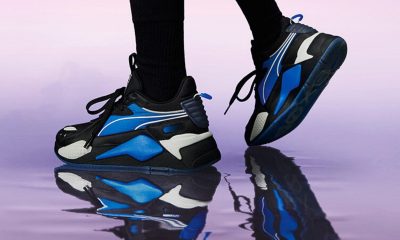
 Gaming2 weeks ago
Gaming2 weeks agoNew PUMA collection lets you wear PlayStation’s iconic symbols
-

 Accessories1 week ago
Accessories1 week agoMarshall Major V: Reasons Why I Love It
-

 Gaming2 weeks ago
Gaming2 weeks agoMore PlayStation 5 Pro specs have been leaked
-
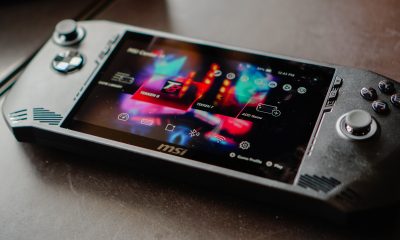
 Features1 week ago
Features1 week agoWhy choose the MSI Claw?
-

 Gaming2 weeks ago
Gaming2 weeks agoUbisoft is taking away copies of The Crew from your library
-

 Gaming2 weeks ago
Gaming2 weeks agoOne Piece Odyssey coming to Nintendo Switch


